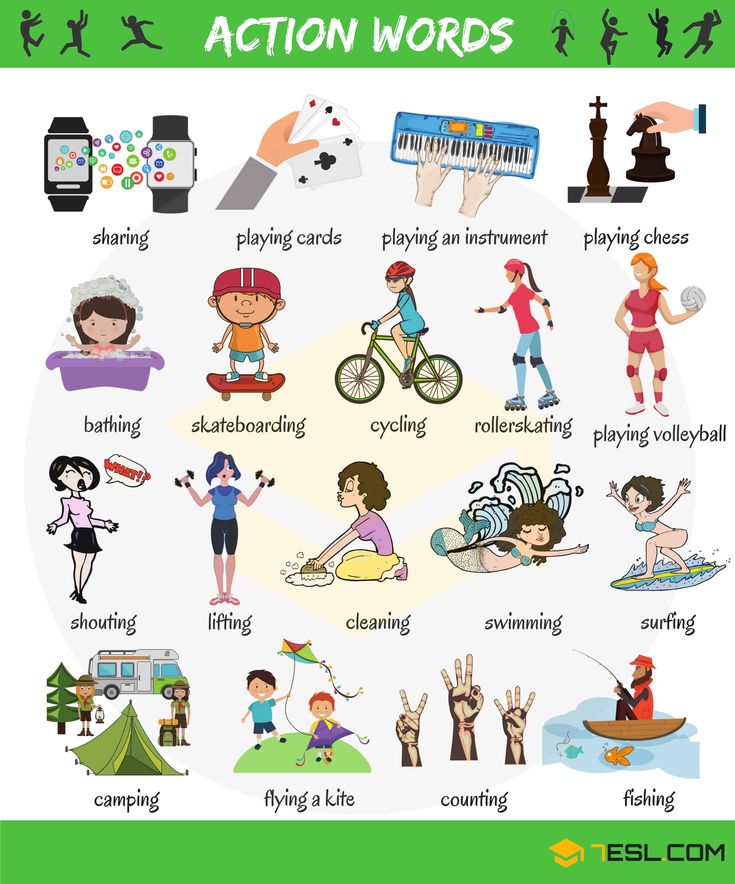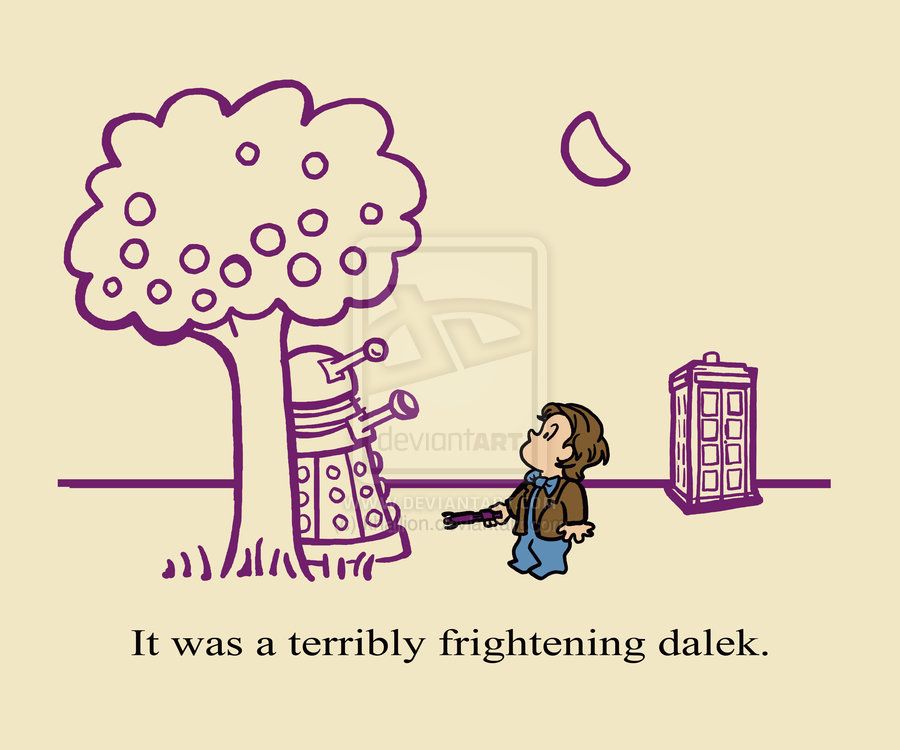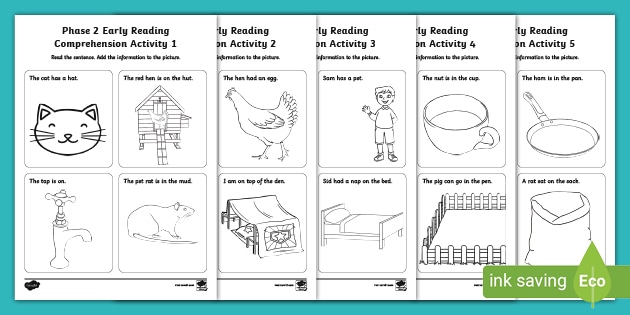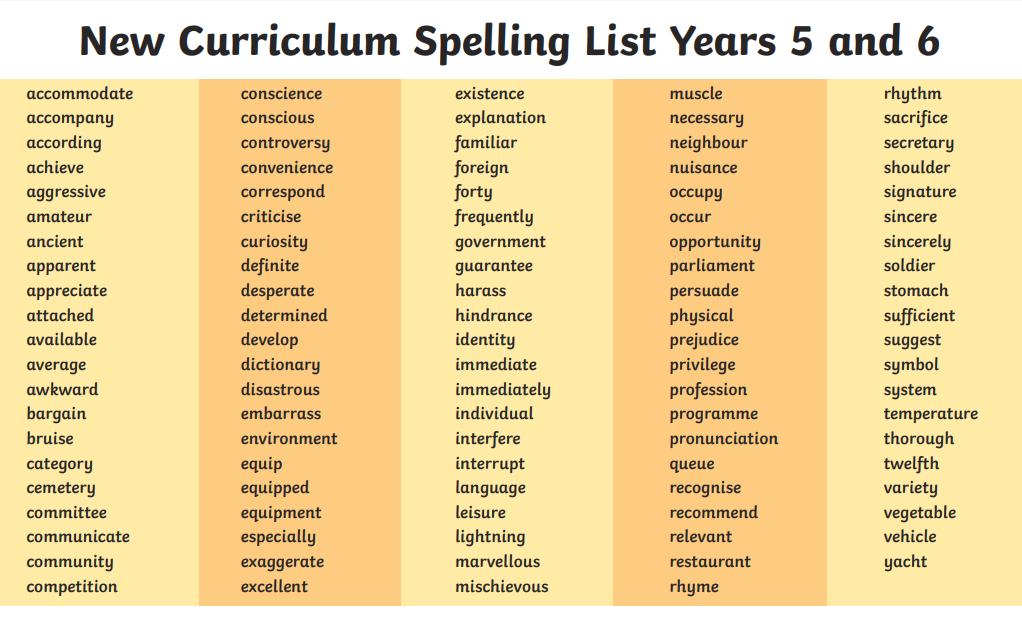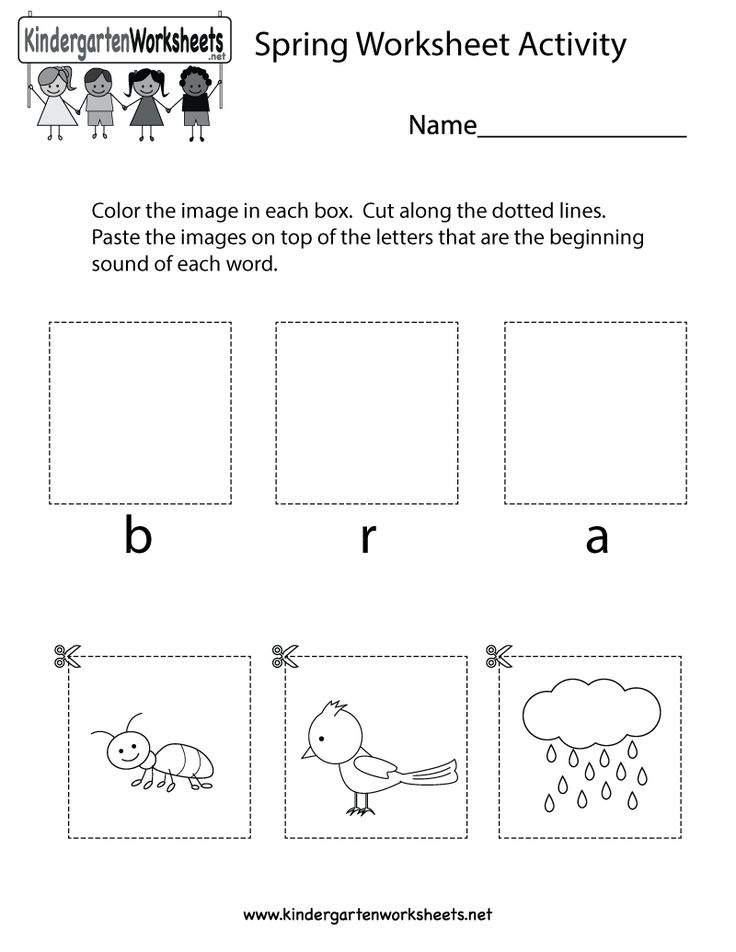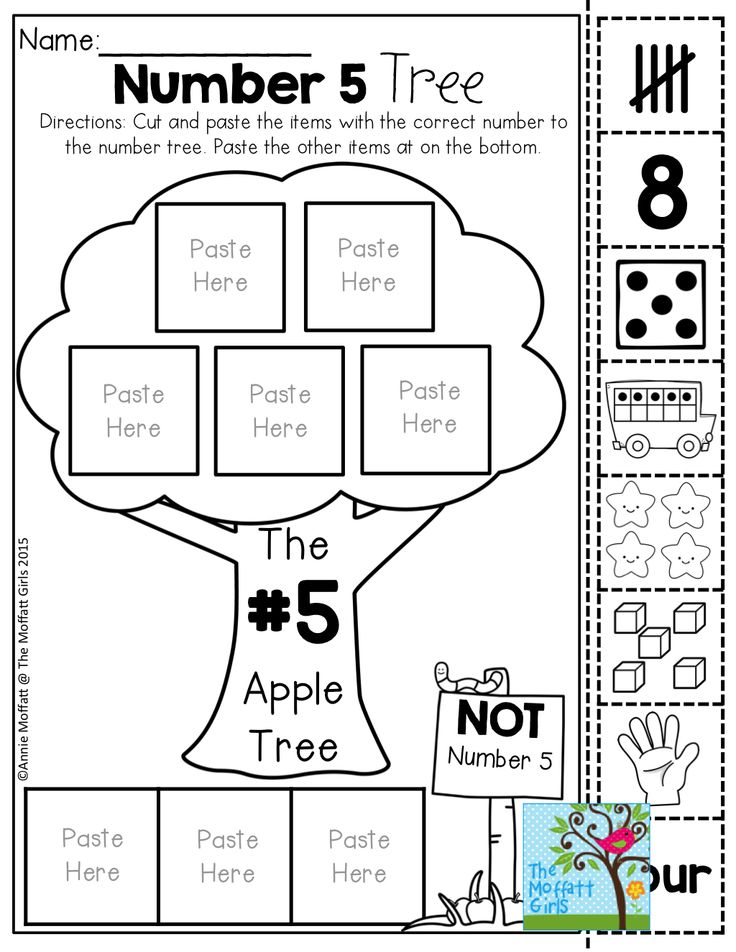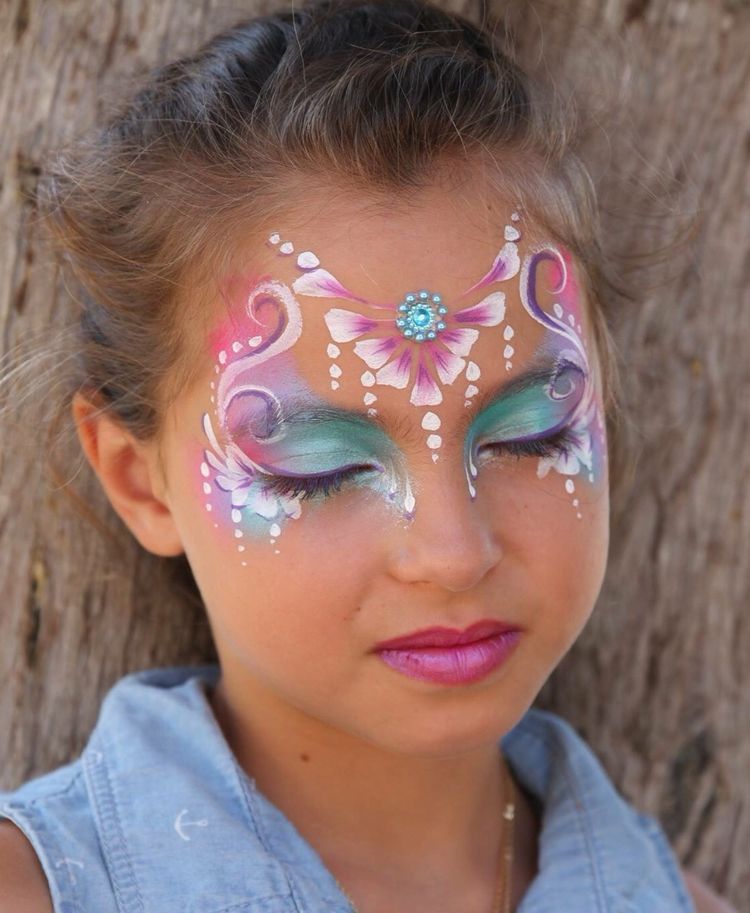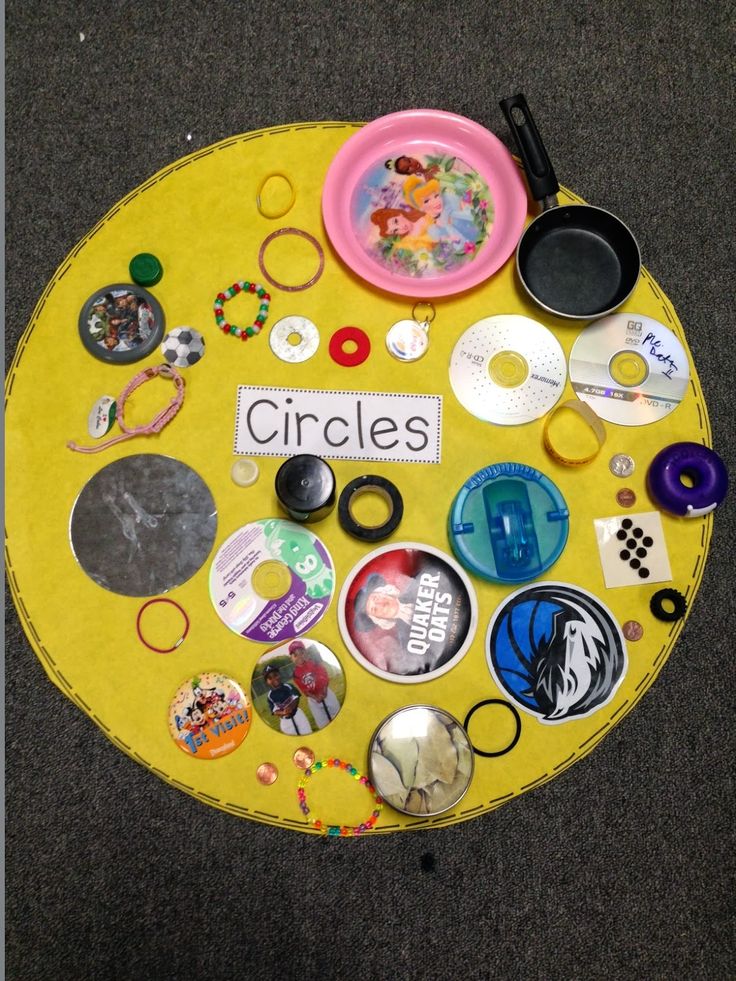Learning numbers in preschool
Learning Numbers in Preschool - Fantastic Fun & Learning
Learning numbers in preschool is a continual process of hands-on experiences and opportunities for real life counting. As kids are counting numbers they are learning many important skills. This collection of preschool number activities will give you a terrific springboard for helping preschoolers learn numbers.
Tips for Helping Kids Learn About Counting Numbers
Although counting may seem like a relatively simple process, there are actually a lot of steps to learning to count.
For starters children have to learn and memorize the numerical sequence for rote counting so they know the numbers to say as they count a set of objects.
They also need to understand one-to-one correspondence and be able to touch one object for each number they are saying as they count a set.
As they begin to count sets kids also need to learn that the set represents a quantity, and the last number they say when they are counting the objects in a set corresponds to that quantity. This is know as quantification.
And they must also recognize that if we add or remove an object from the set this changes the quantity, so we must count carefully and count again if we change the objects in the set.
Finally they must learn to recognize the written format of numbers and connect that concept to their rote counting and other knowledge about counting numbers.
As you can see it’s much more complicated than it seems on the surface, but we make it easier and more meaningful when we provide kids with a lot of hands-on counting opportunities throughout their learning and play.
For additional information about teaching numbers in preschool, visit these great teaching resource books.
Preschool Number Activities
Below are some tools that work well for a wide variety of number activities.
This list of DIY math manipulatives is also very helpful.
Hands-on Number Activities without Printables
There are so many hands-on ways to help kids who are learning numbers and counting.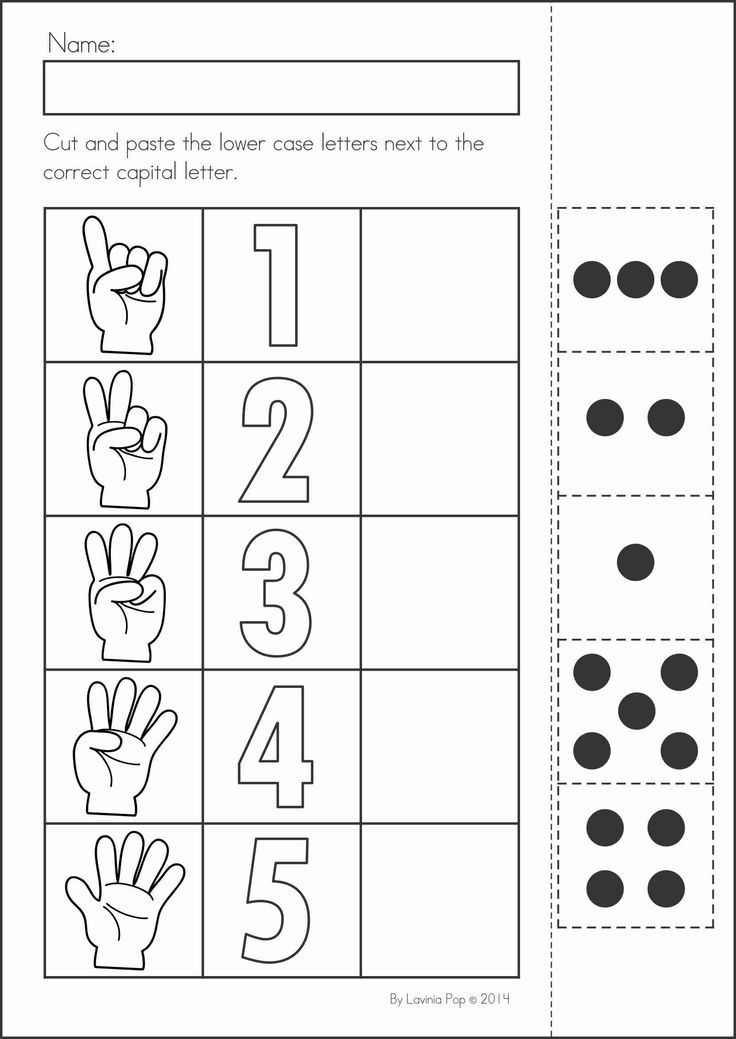
We can practice counting throughout the day in many ways:
- as we wait for something
- as we prepare snacks and meals
- as we gather objects
- as we sing songs
- as we take steps
On Fantastic Fun and Learning we’ve also shared many fun hands-on ideas for counting numbers. The options in this first section are all done without printables. If you’re looking for some free printables to help kids learning to count, I’ve added those in the next section.
In this listen and spray counting game, little learners listen for a number to be called and then spray it that many times with a spray bottle. It’s great for toddlers and preschoolers!
Wiggle to 1. Tiptoe to 2. Have fun with alliteration, and get kids up and moving with this fun counting game that emphasizes number recognition.
Tea anyone? During our tea time theme we practice counting and comparing tea packets.
Set up a caterpillar sensory bin. Then use it for a variety of caterpillar counting activities.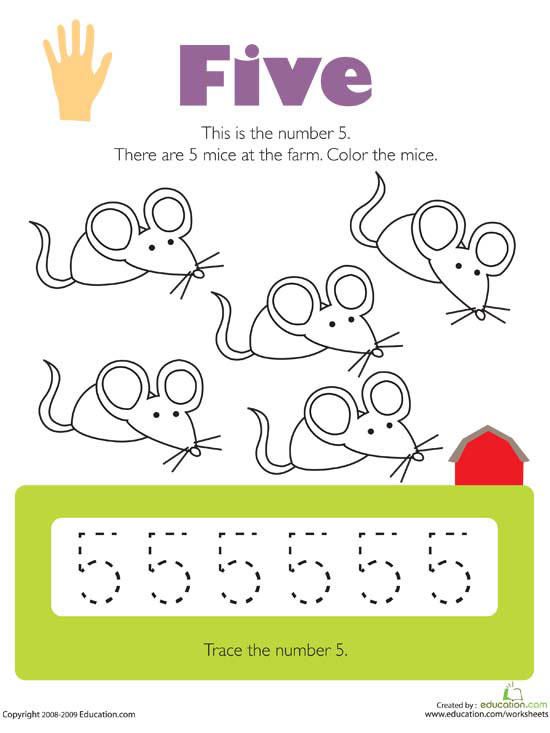
Continue the spring sensory fun with a counting seeds gardening sensory bin.
Use play dough and number stamps to create a counting garden.
Or head outdoors with some chalk to create your own sidewalk chalk counting garden.
Race to get the gold in this rainbow counting game.
Count Rainbow Fish’s beautiful scales in this play dough Rainbow Fish counting activity inspired by Marcus Pfister’s popular book.
Make your own pumpkin faces with this fall pumpkin counting activity.
Turn old egg cartons into a fun counting activity with these bat number matching sets.
Create and count antlers for this reindeer counting game.
Feed the reindeer in this reindeer counting pretend play activity.
Help the penguins cross the ice in this winter counting sensory bin.
Printables for Counting Numbers and Sets
On Fantastic Fun and Learning we also have a lot of free printables that give kids the opportunity to practice counting and number recognition.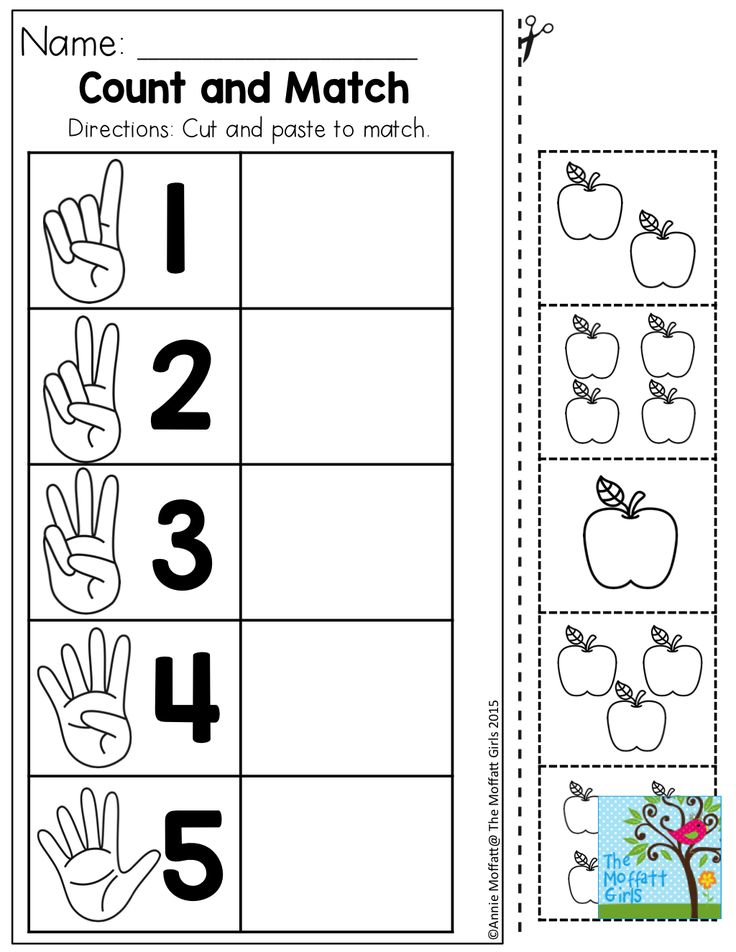 Some of them are nonseasonal and can be done any time of year. While others are more seasonal in nature. Many are also from our preschool lesson plans, as we prefer to include a wide range of skills and activities in each thematic unit.
Some of them are nonseasonal and can be done any time of year. While others are more seasonal in nature. Many are also from our preschool lesson plans, as we prefer to include a wide range of skills and activities in each thematic unit.
With these dinosaur play dough mats, kids practice creating sets to match a specific number.
Exercise those fine motor muscles as you match the correct number of caterpillar “eggs” to leaves.
Use these rain theme counting cards to count out objects in a rainy day sensory bin.
Or have some creepy crawly fun counting worms in this spring sensory bin activity.
Grab some beach theme manipulatives and practice counting with these beach counting mats.
Count out snowballs to match the numbered snowmen in this winter counting activity.
Create your own printable book to read over and over again with this snowflake counting book.
Have fun creating your own play dough “chocolates” in this chocolate box counting activity.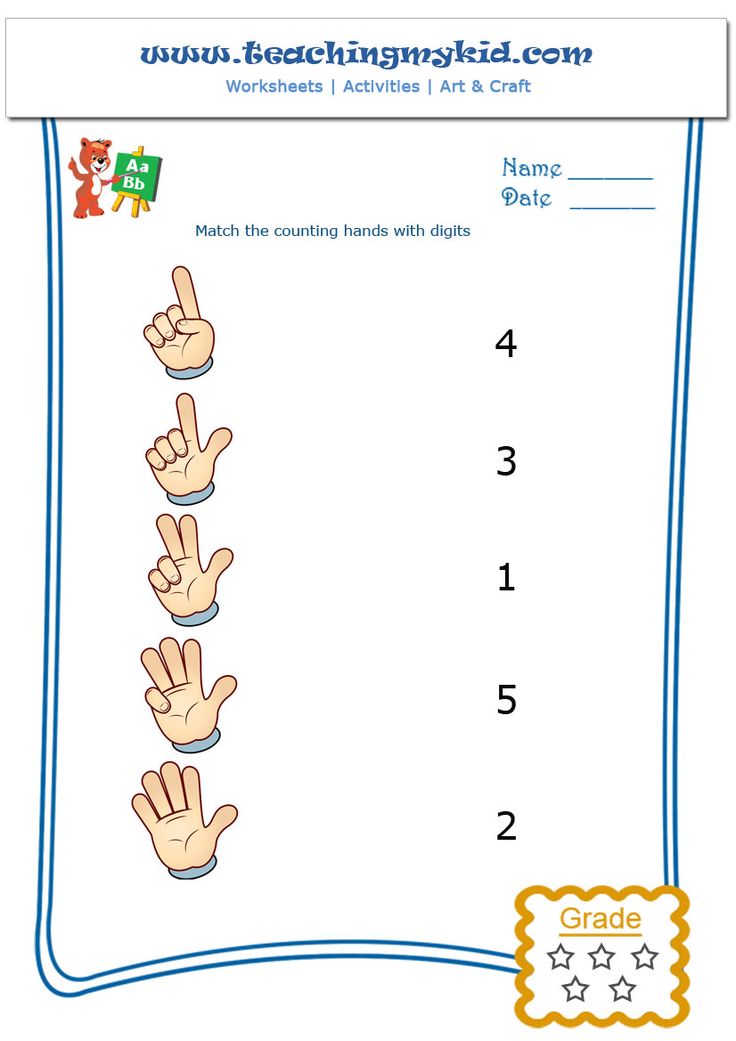
Practice number recognition and sequencing 1-20 in this Valentine Scavenger Hunt.
Use this number scavenger hunt to help kids learn to read and write numbers to 20.
Use our roll and color math games to practice counting numbers and sets. There are a wide variety of options to choose throughout the year.
Printables for Teaching Different Ways to Represent Numbers
As kids become more comfortable creating sets of objects and recognizing numerals, we can extend their learning by introducing additonal ways to represent numbers.
The following printables are helpful for introducing this concept.
Insect Counting Mats
Spider Counting Mats
Gingerbread Counting Mats
Seashell Counting Mats
More Resources for Learning Numbers
Counting books are an excellent resource for learning numbers. Kids enjoy reading many of them over and over again. Here is a list of our favorite counting books for kids.
There are also more ideas for counting numbers in this collection of counting games.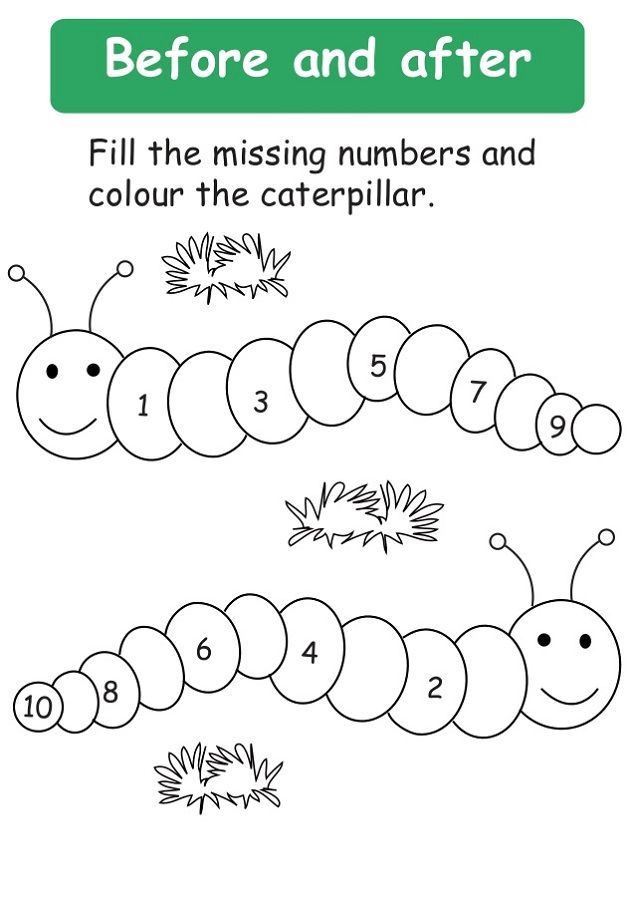
The counting games and puzzles below are kid-tested and teacher approved.
What next?
As kids become proficient at counting numbers we can continue helping them develop number sense by:
- working on concepts like one more and one less
- comparing amounts
- beginning to add and subtract
6 Easy Counting And Number Activities For Preschoolers
When it comes to fostering a love for math from an early age, number activities for preschool children are amazing tools to have in your back pocket. In this article, we’re here to share some easy, fun number activities that you and your preschooler can try at home!
Preschool Math Skills
There are many skills your child will learn in preschool, which are often broken down into five major pillars. Let’s take a look!
Numbers And Counting
Your preschooler will learn how to count using concrete objects. They’ll further their knowledge of numbers by memorizing their names, their word form and written form, and the sequential relationship between numbers.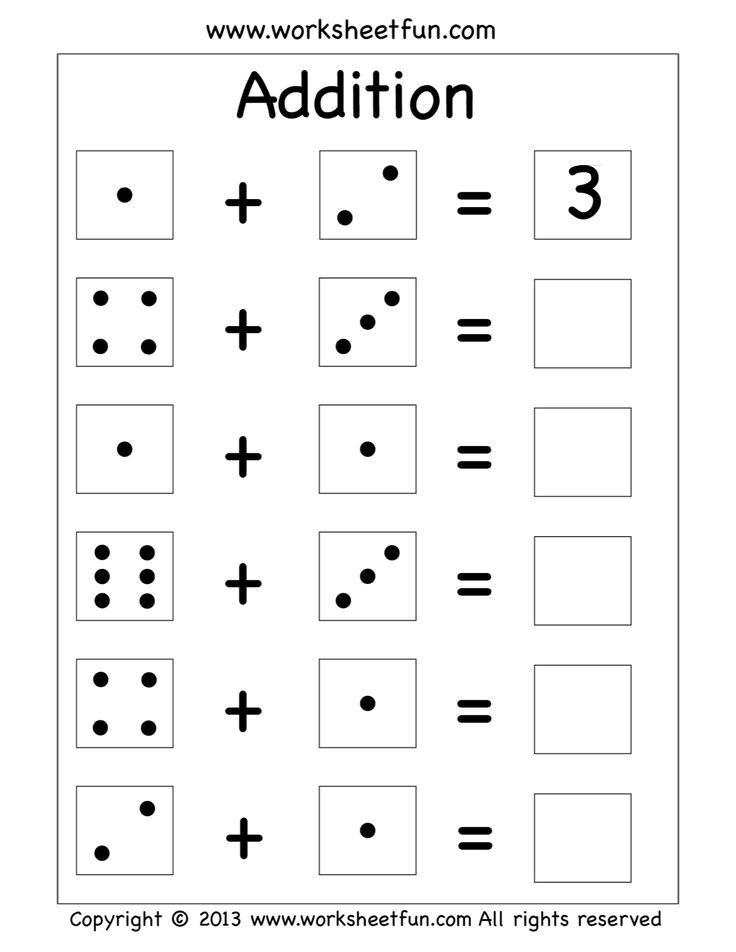
Along with counting, your child may learn about one-to-one correspondence (you count every object once and give it its own number) and how to compare numbers by value.
Addition And Subtraction
In preschool, your child will be introduced to adding and subtracting numbers. It’s often easier for children to think of these concepts as “putting together” for addition or “taking apart” for subtraction.
Number Sense
Building on their number and counting skills, your child will learn how to make assessments about numbers.
They’ll learn to use language to compare and contrast different amounts. “More than,” “less than,” “bigger,” “smaller,” “same as” — all of these terms will be used to sort numbers into specific groups.
Geometry And Spatial Reasoning
Your preschooler will learn how to identify shapes and relate them to one another.
In the same way that they compare numbers, they’ll do the same with shapes. They will make evaluations about shapes, their sizes and characteristics, and how they are similar or different from one another.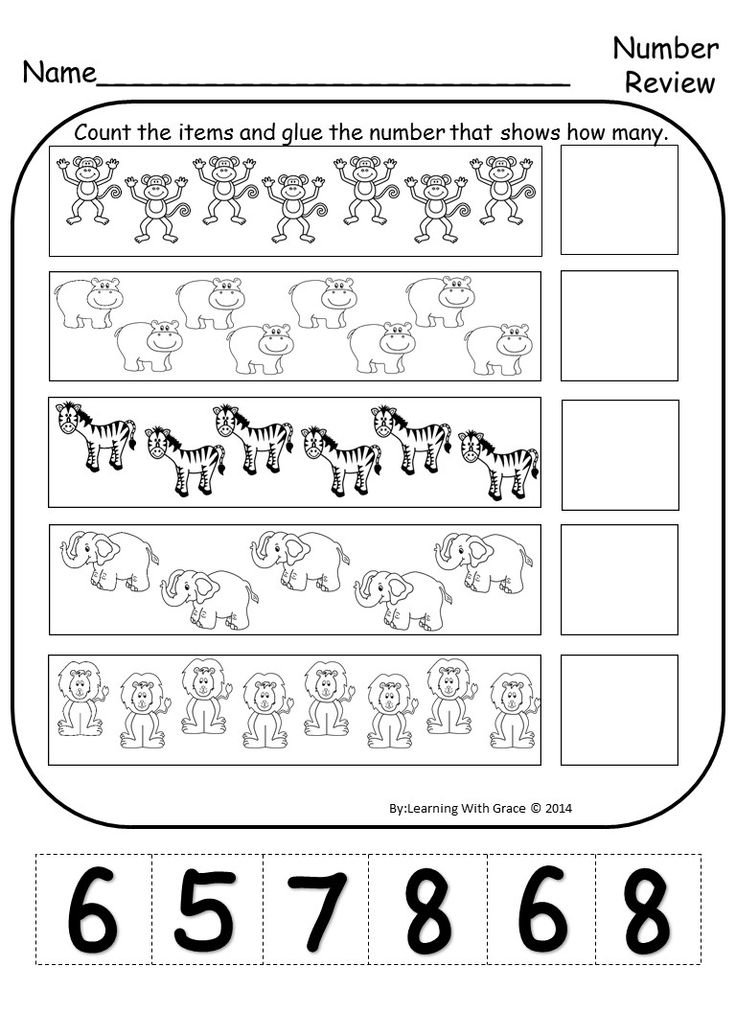
The Language Of Math
Math is its own language, in some ways. When we read 4 + 7 = 11, we may not realize we are translating symbols into words in order to communicate that we want to add four and seven to create eleven.
This can be a difficult concept for children to understand. If you say, “There are twelve donuts in a box. Subtract two donuts. What do you get?” your preschooler will likely have no idea what you mean!
Instead, we introduce preschoolers to math language by framing mathematical concepts in terms they easily understand.
Rather than using words like “minus” or “subtract,” you could say, “There are twelve donuts in a box. I ate two donuts, so now they’re missing. How many donuts are left?”
Over time, your child will understand what they’re meant to do when having these mathematical conversations!
Number Activities For Preschool Learning
Although all five pillars are integral to your preschooler’s math skills, learning how to count, identify, compare, and combine numbers is especially important at this age.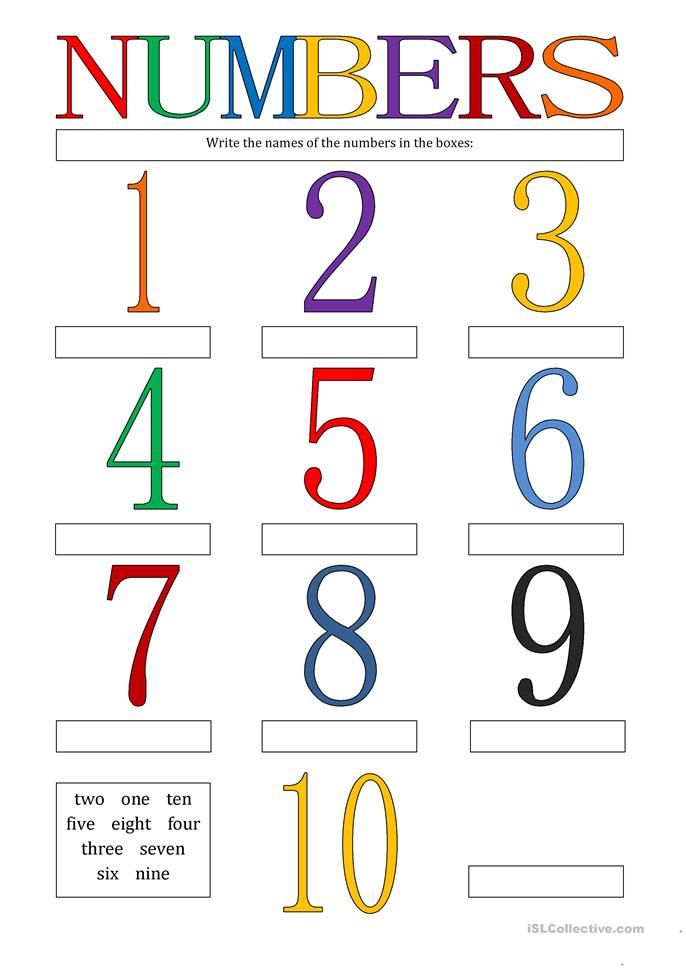 For that reason, most of our activities focus directly on number work.
For that reason, most of our activities focus directly on number work.
Here are some of our favorite counting and number activities to help your growing mathematician learn and thrive!
1) Chalk Garden
For this activity, all you’ll need is a set of colorful chalk. On a rainy day, you can adapt this activity for indoor use by swapping chalk for markers and a large sheet of paper (or several small pieces taped together).
On the pavement or piece of paper, write out numbers 1 – 10 in bold letters. Circle each number. Make sure you leave plenty of space between the numbers, as your child will be drawing around them.
Your child will draw flower petals around each number (using the circled number as the center of the flower). The number of petals they draw will match the respective numeral.
When they’re done, they’ll have a bright, beautiful garden full of number-flowers!
This game works on your preschooler’s fine motor skills, counting skills, and visual math skills.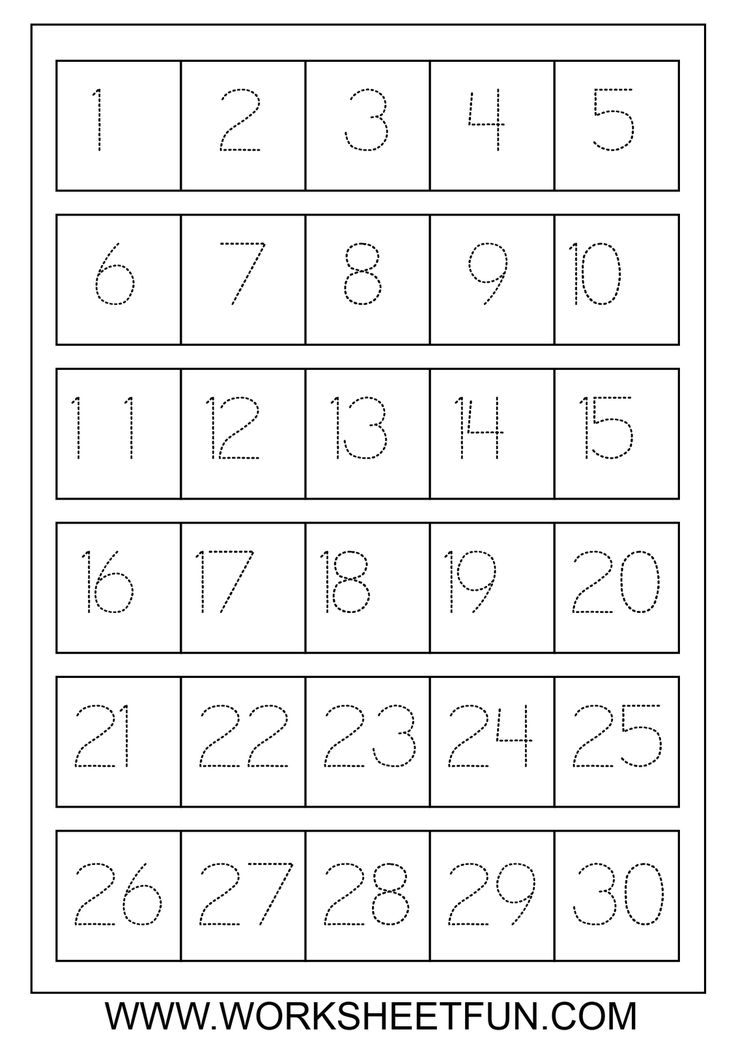 It establishes a direct correlation between numbers and their value, which will further your child’s number knowledge.
It establishes a direct correlation between numbers and their value, which will further your child’s number knowledge.
2) Monster Maker
For this game, you will need a large sheet of paper, some colorful markers, child-safe glue, a pair of dice, and googly eyes. Your child will be using numbers to help them create their very own monster!
Begin by drawing a large, oval-shaped body as your base. Then your child will roll the dice for the following monster parts:
- Eyes
- Horns
- Teeth or fangs
- Arms
- Legs
- Tails
- Anything else that they want!
You can start with any body part. In our example, we’ll roll our first round for eyes. Your child will roll the dice; let’s say they rolled a three. They would then glue three googly eyes onto their monster’s face.
They will repeat this process for each body part until their monster is complete. To name their monster, you can help them count the total number of added body parts.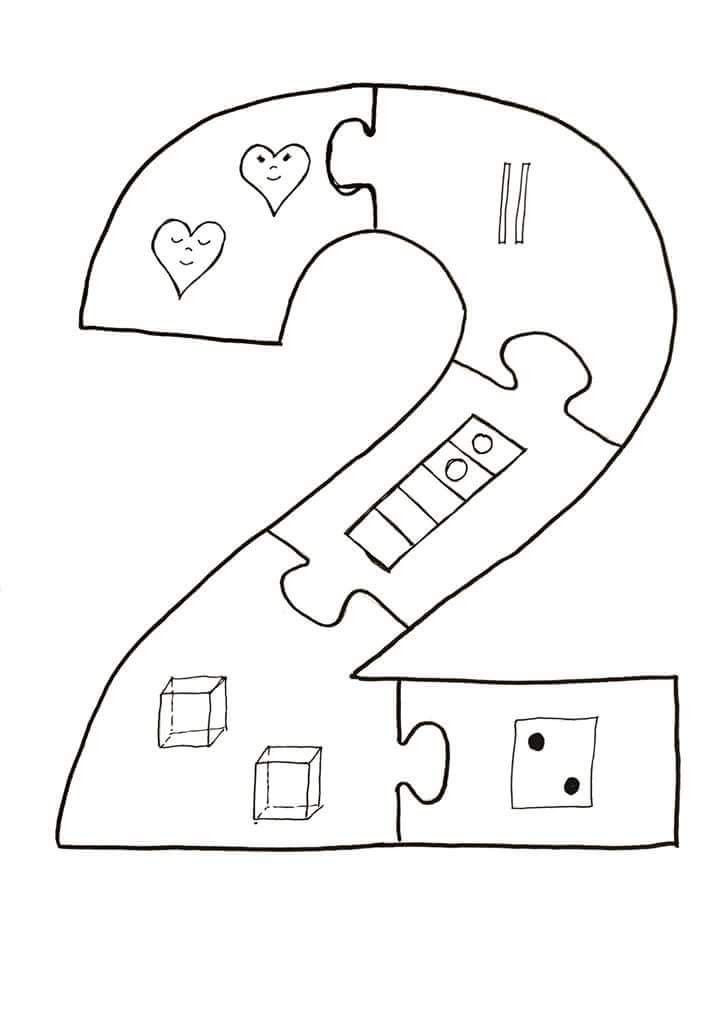
So the monster might be named “Experiment #36.” Get creative!
3) Cup Stacking
For this game, you’ll need a piece of paper, a marker, and some stackable cups. If there are no disposable cups around your house, you can also use Legos or another easily stackable object.
To begin, write out a number line with marks for numbers 1 – 5. Your child will go down the line and stack cups to match the numbers on the line.
Each time they complete a cup stack, they’ll add the stack behind the corresponding number on their number line.
This activity demonstrates how numbers are represented by real objects. When we count on paper or in our head, these numbers can be tied back to tangible objects. This activity also reinforces the idea behind one-to-one correspondence.
It also shows preschoolers how a number is bigger than some numbers but smaller than others, revealing the natural sequential relationship between numbers as we count up and down.
4) Number Parking Garage
If your preschooler is a bit of a motorhead, this is a great game for them! We’ll use a piece of paper, small Post-Its, a marker, and some toy race cars.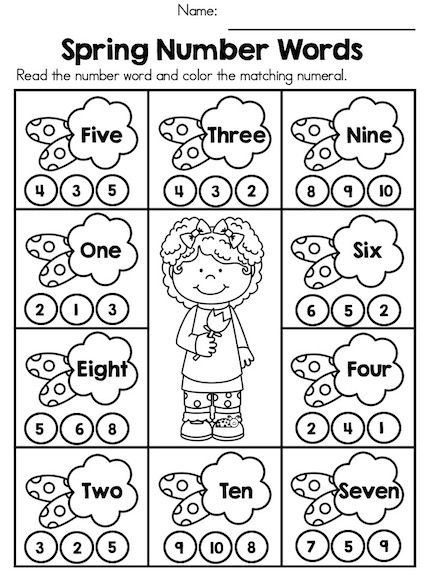
Label the cars with individualized “racing” numbers between 1 and 10. Then, on the sheet of paper, draw a basic parking lot with 10 spaces. Label each space with numbers 1 through 10.
To make the activity more difficult as your child gets older or masters the game, consider randomizing the order of the numbers in the parking lot.
Your child will sort through the cars and try to “park” them based on their numbers. This will help with number recognition skills. You can also swap the cars for Legos — instead of labeling the Legos, you’ll stack them to match their racing numbers.
This activity is adaptable, too! Instead of a parking garage and cars, you and your child can host a “movie theater” for stuffed animals.
Simply sit 10 animals along a wall or in chairs with name tags showing their “seat number.” Your child can play usher and hand out numbered tickets to match their seat.
Either way, your preschooler will gain better number recognition with a smile on their face!
5) Painting Numbers
This activity is fun, colorful, and creative, while still working on your child’s number skills!
Pour a few different paint colors into small, disposable cups.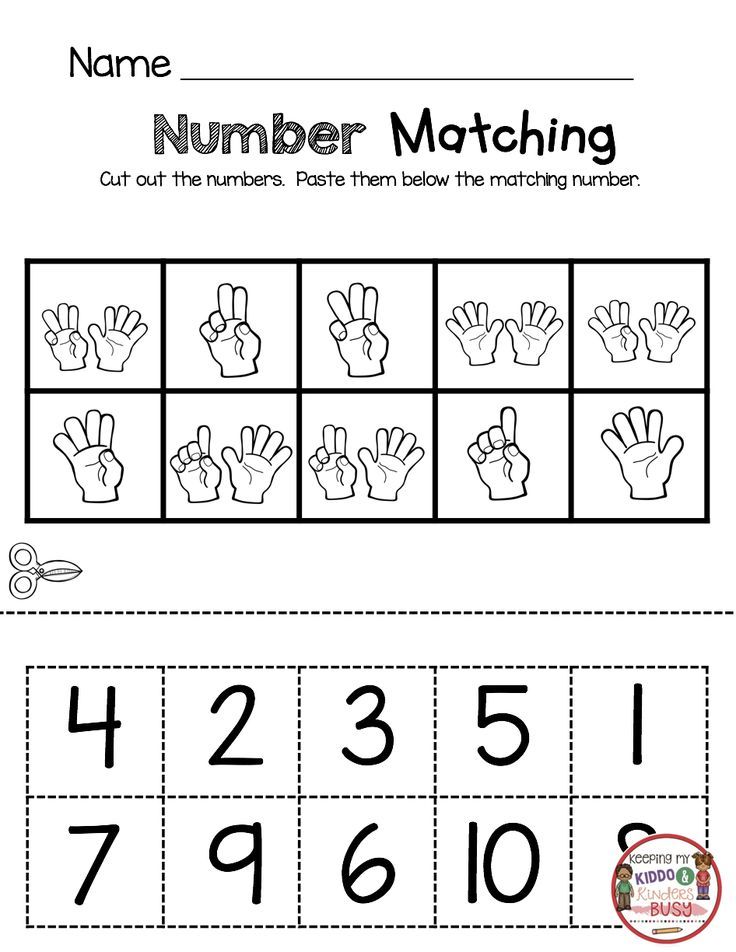 Grab a collection of Q-tips and write out numbers 1 – 10 in large font.
Grab a collection of Q-tips and write out numbers 1 – 10 in large font.
Your child will use the Q-tips to trace the numbers in colorful paint. They can add decorative designs or keep it simple. Whatever they want! Encourage them to make the numbers their own (without sacrificing legibility, of course!).
This activity has the added bonus of working on their writing skills as well as their number recognition abilities.
6) Number Scavenger Hunt
This is a great activity to whip up in a flash when you want to squeeze in some fun, functional practice.
You will need cards labeled with numbers 1 – 10 and a sheet of paper with a chart of the same numbers.
For each number slot, there should be stickers that correlate with it. For example, for the number 1 box, there will be 1 sticker; for the 2 box, 2 stickers, and so on.
Start by hiding note cards with the numbers 1 – 10 written on them around the house. Keep your chart in a central part of the house; your child will use it similarly to a bingo card, placing their “found” cards in the matching chart boxes (that way they’re practicing their counting skills!).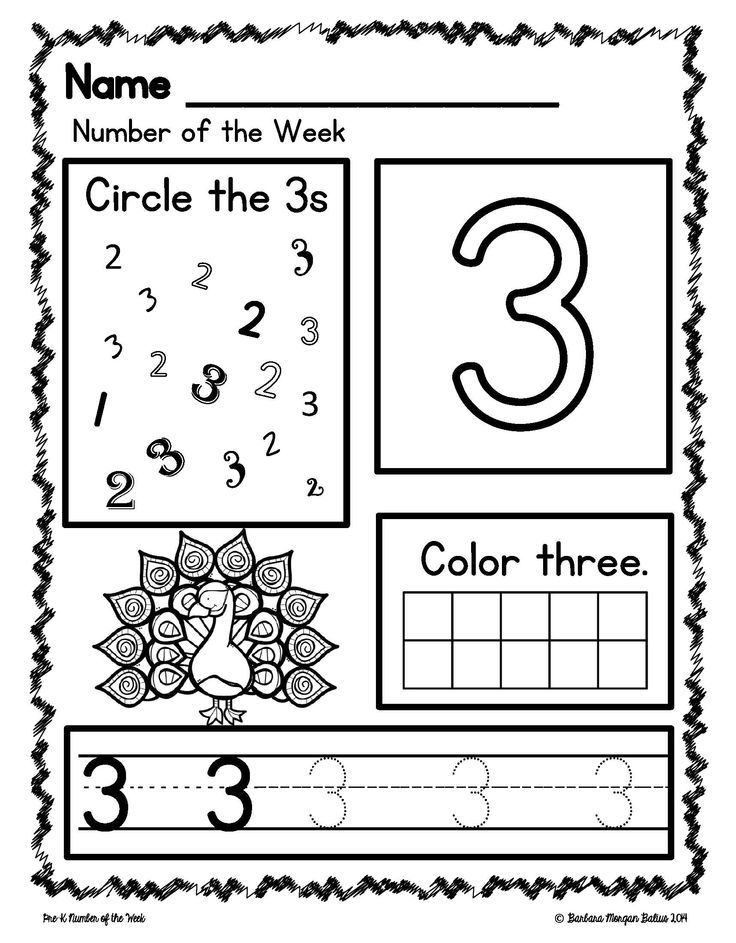
Play until the entire chart is filled!
Number Activities For Preschool Success
We hope these games gave you some fun and easy ideas of how to work on number activities with your preschooler at home.
We also understand that constructing and playing these games takes time! Some days, there may not be enough time to park numbered toy cars or play the other games listed here.
For those busy nights, we hope you turn to our Learn & Grow app for even more number activities.
Our personalized, effective app helps your child learn the essentials of preschool math while having a blast in the meantime. With the Learn & Grow app, there’s no need to compromise time, fun, or efficacy — we’ve got your family covered!
Author
Methods of familiarizing children with numbers.
Introducing numbers to children.
Preschool childhood is the most important period for the development of children's mathematical concepts.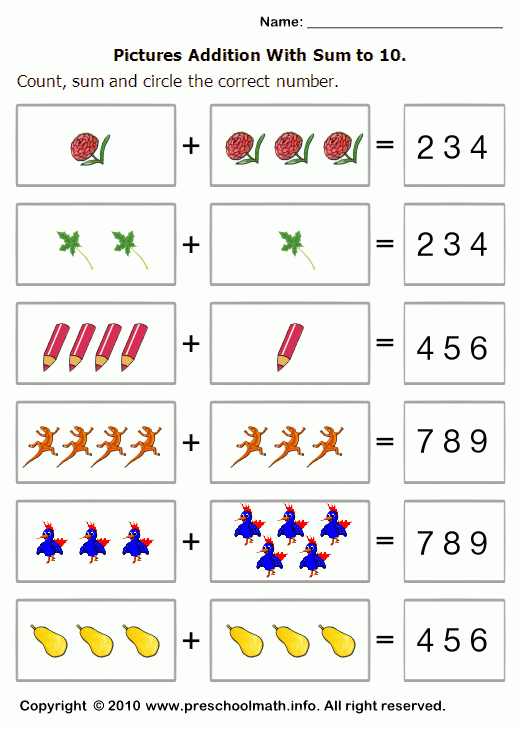 The whole further path of the child's mathematical development largely depends on how they are laid down.
The whole further path of the child's mathematical development largely depends on how they are laid down.
There are two important reasons why children should be taught mathematics. The first of these is obvious: mathematical calculations are one of the highest functions of the human brain. Only humans have the ability to count. In addition, this skill is very useful in life, because in a civilized society it has to be used almost daily. We count from childhood to old age. Children and adults, builders and financiers count.
The second reason is much more important. Children should be taught to count as early as possible, as this will contribute to the physical development of the brain, intellect.
When we use the word " number ", we mean the characters that indicate the number - 2 or 5, or 9. When we use the word " number ", we mean the actual number of objects themselves, which can be two, five or nine:
It is in this difference - between the perception of quantity with the help of symbols and the concept of the actual number of objects - that children have an advantage over adults.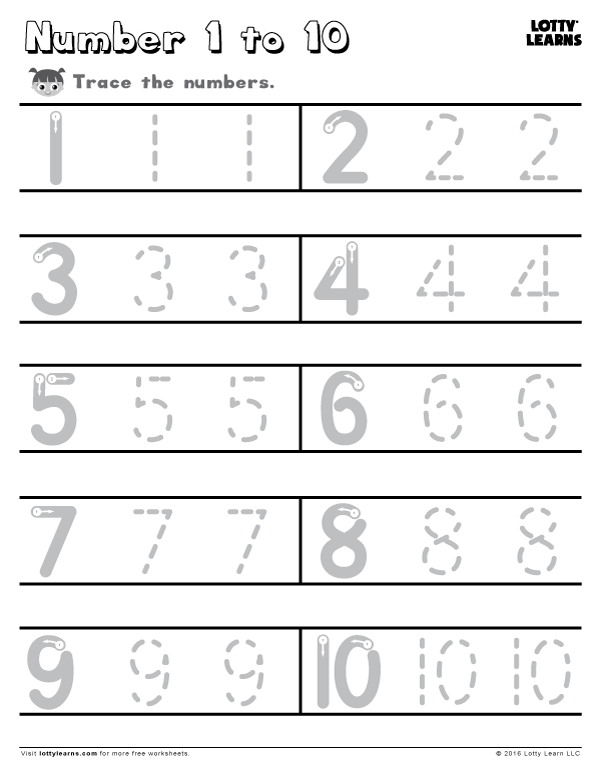
The formation of the concept of a natural number in preschool children occurs on the basis of operating with sets of objects: a set of sticks, geometric shapes (circles, squares, cubes), household items (two chairs), games (three dolls), food (two carrots). Even before school, children acquire knowledge about quantity and quantitative relationships from various sources, among which the words and actions of adults, which children actively imitate, are of particular importance. The child is surrounded by objects that differ in size, shape, color, quantity. With the help of an adult, the baby learns to name and distinguish them, to use them. As the child develops, his relationship with the outside world changes, new concepts are formed in him.
The task of familiarizing children with numbers is set according to the "Program of education and training in kindergarten" under the program "Childhood" (author Loginova V.I. and team) from the middle group.
It is necessary to adhere to the principle : one lesson - one number.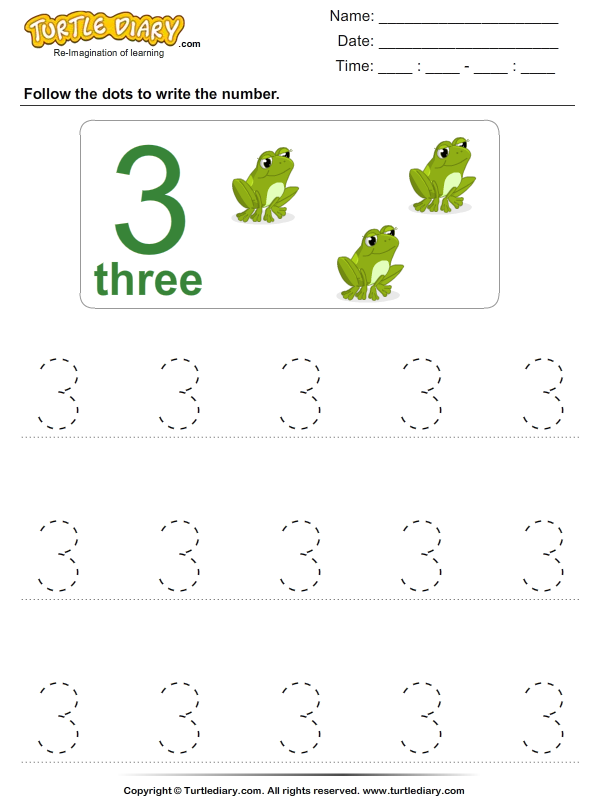
Preschoolers are introduced to each individual digit, correlating it with the number through actions with subject sets. To do this, the teacher demonstrates the figure, inviting the children to consider its outline; children create an appropriate set by putting aside a certain number of objects; circle the index finger of the right hand along the contour of the figure, assimilating its outline. To consolidate the acquired knowledge, various didactic games such as “Instruction”, “Shop”, as well as exercises are used: indicate a number that is more (less) by one than the one named (should show the number), etc.
Inviting children to count some group of objects, for example, six dolls, the teacher draws attention to the fact that you can find out about the number of dolls without seeing them themselves, but only by looking at a card with six circles on a strip. She asks the children to remember when they did this before. Children remember that they looked for a group of toys and placed cards with the same number of circles on them.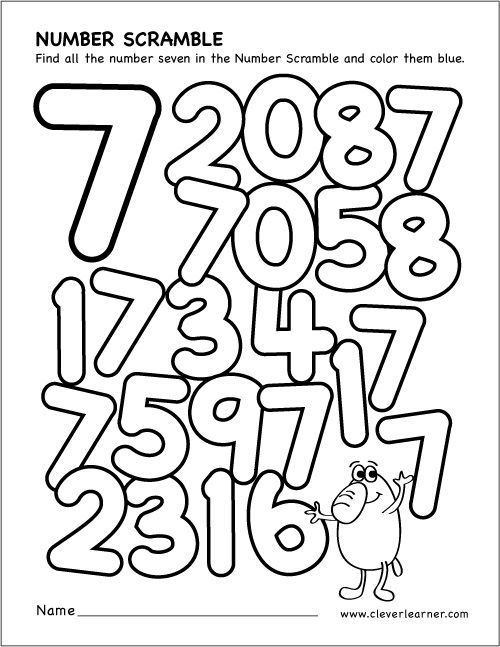 The teacher confirms the correctness of childhood memories and says that the dolls can be conditionally marked with circles. At the next stage, the teacher asks the children the following questions: “Do circles always have to be arranged in a row?” After listening to several answers, shows a numerical figure? “Can this numerical figure show the number of our dolls?” Next, the teacher invites the children to conditionally designate the groups of toys with the corresponding numerical figure. Gradually, the teacher leads the children to the conclusion: “But you have to count circles on a numerical figure, like dolls. But does anyone know how adults indicate the number, not counting the circles on the card, and they immediately find out that one card is three, the other is five, the third is eight. Who can guess?
The teacher confirms the correctness of childhood memories and says that the dolls can be conditionally marked with circles. At the next stage, the teacher asks the children the following questions: “Do circles always have to be arranged in a row?” After listening to several answers, shows a numerical figure? “Can this numerical figure show the number of our dolls?” Next, the teacher invites the children to conditionally designate the groups of toys with the corresponding numerical figure. Gradually, the teacher leads the children to the conclusion: “But you have to count circles on a numerical figure, like dolls. But does anyone know how adults indicate the number, not counting the circles on the card, and they immediately find out that one card is three, the other is five, the third is eight. Who can guess?
Specially made cards are widely used when reading numbers. The card is divided into two unequal parts: the left one is smaller, the right one is larger. At the bottom of the card, a strip of paper is glued along its entire length so that a pocket is obtained.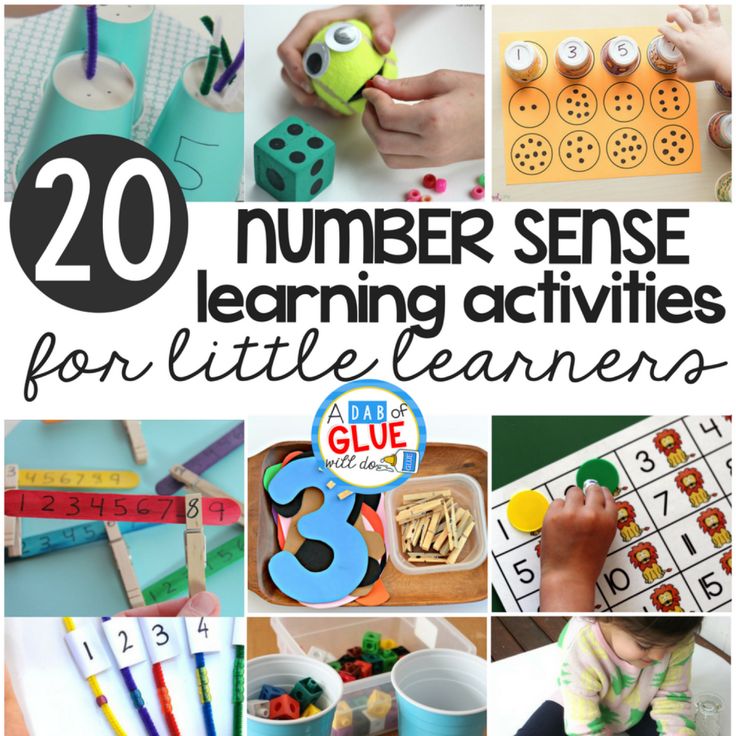 A card with a number is inserted into the left side, and a blank sheet of paper is inserted into the right side, on which the child must draw as many objects as the number shows.
A card with a number is inserted into the left side, and a blank sheet of paper is inserted into the right side, on which the child must draw as many objects as the number shows.
To reinforce the concept of a number and its corresponding set you can use exercise . The preschooler trains in the selection of numbers for the required number of figures. And vice versa, selects the required number of them near the corresponding number.
For a given set of objects, select the desired number (4 kittens, each was given a fish. Only 4 fish. Show with a number how many fish are taken. Check, count together in chorus, attach the number 4).
Pick up an object set for the number, for example, Winnie the Pooh shows the number 3, asks to show the same number of balls, pictures or other objects. Children show pictures with three balloons).
We use the game "Find the right pictures". Children receive boxes with a set of pictures (5-6 pictures) and a number.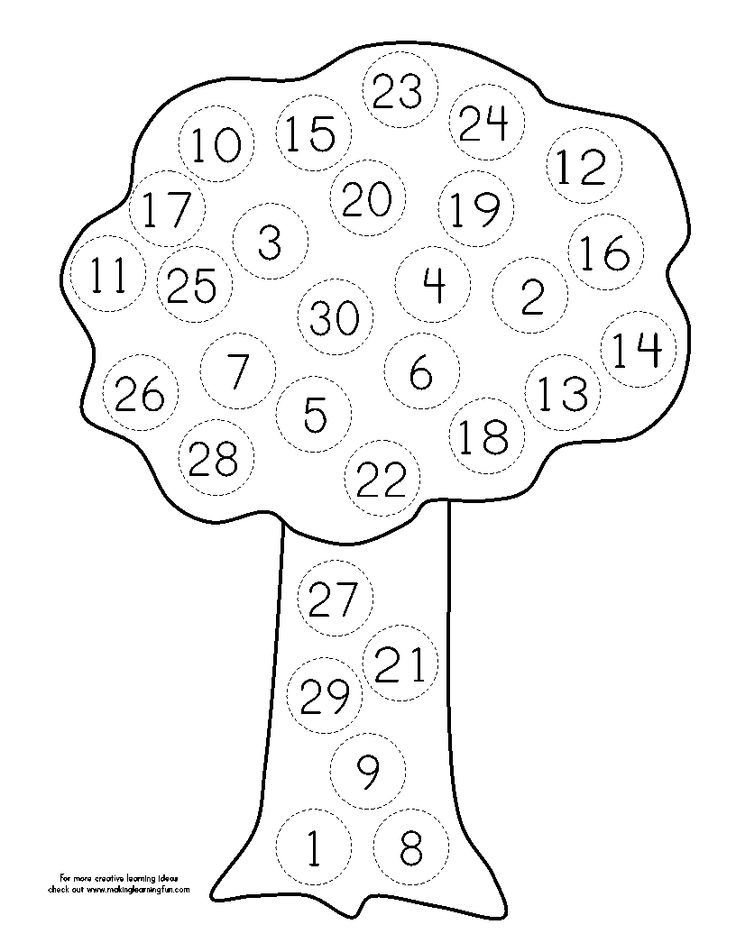 To the figure, they must match all the pictures with the corresponding number of objects.
To the figure, they must match all the pictures with the corresponding number of objects.
Game "A number for each picture". Children receive a set of pictures that show a different number of objects (1, 2, 3, 4, etc.) and numbers. For each picture, the child must choose the correct number.
Kindergarten does not teach how to write numbers, but it is very important that children learn the correct direction of hand movement when writing different numbers.
To consolidate the records of numbers , various survey actions :
Putting with a finger,
Writing numbers with a finger in the air, 9,0003
“Sand digits,
Laying out counters. , from threads on velvet paper,
modeling numbers from plasticine,
writing numbers with a finger on the croup,
shading of outline figures,
reading of famous literary works.
Children learn numbers easily and with interest.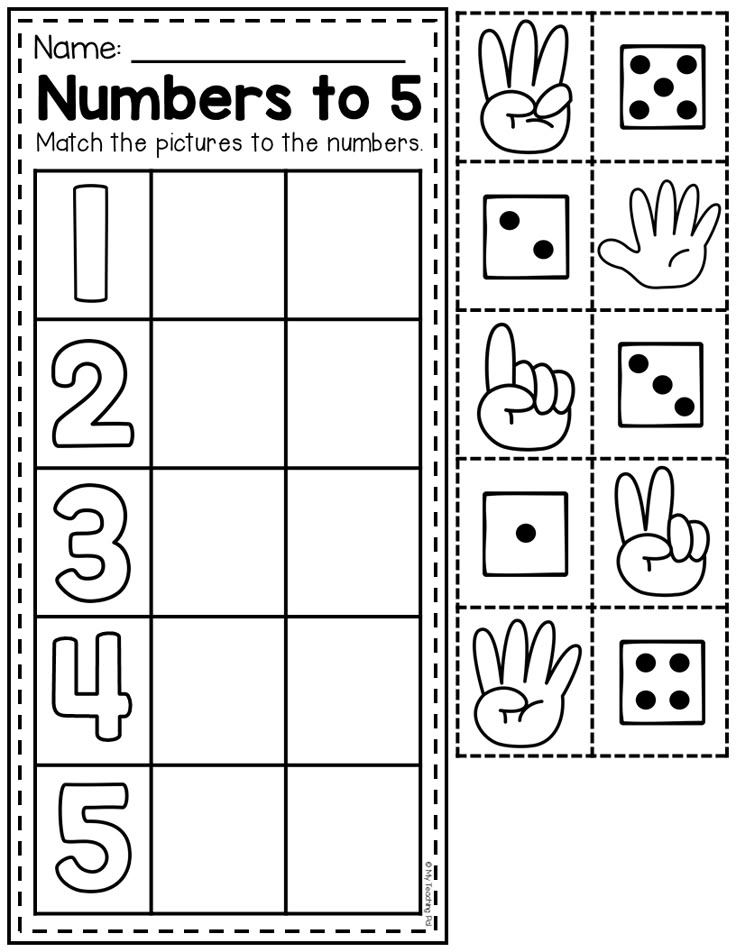 However, they often have difficulties in distinguishing between numbers , similar in outline: 1 and 4; 2 and 5; 6 and 9. Therefore, when studying the number , they carefully consider , highlight its elements, look for objects with which you can compare the number . This is necessary in order for children to better remember the image of the number, not to mix it with other images of numbers. (example: Stick and pea, and above them - a shelf. (number 5)
However, they often have difficulties in distinguishing between numbers , similar in outline: 1 and 4; 2 and 5; 6 and 9. Therefore, when studying the number , they carefully consider , highlight its elements, look for objects with which you can compare the number . This is necessary in order for children to better remember the image of the number, not to mix it with other images of numbers. (example: Stick and pea, and above them - a shelf. (number 5)
For example, when studying the number 4, after examining its style, you need to suggest remembering what familiar number it looks like (number 1), compare them by style, highlight what they have in common and how they differ. Children themselves compare 2 and 5; and in the senior group - 3 and 8; 6 and 9.
When comparing numbers 2 and 5, children are asked to first count one group of objects on the teacher's table and raise the corresponding number, then count the second group and also correlate the number of toys with a certain number.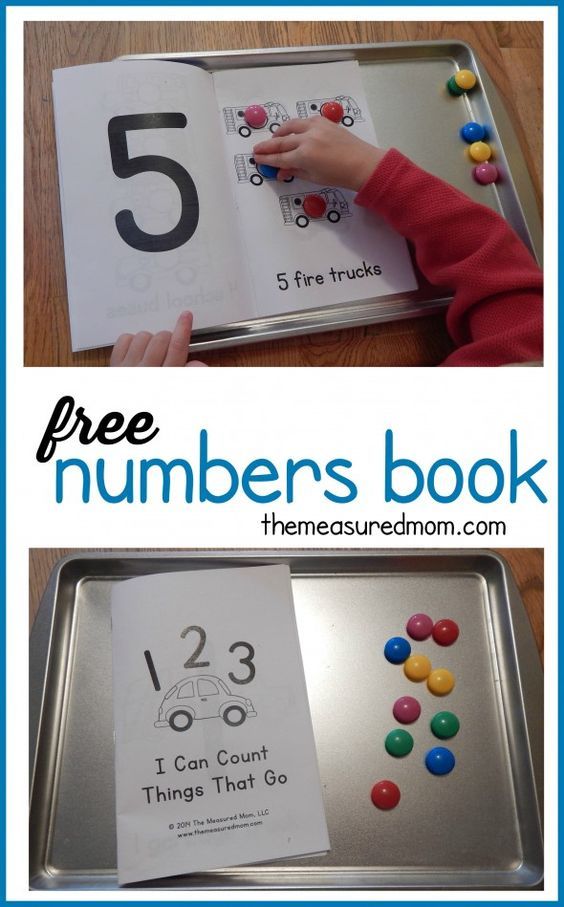 The outlines of these numbers are analyzed and compared with each other. Pay attention to the fact that in number 2 there is an incomplete circle at the top, and in number 5 it is at the bottom right;
The outlines of these numbers are analyzed and compared with each other. Pay attention to the fact that in number 2 there is an incomplete circle at the top, and in number 5 it is at the bottom right;
So, the acquaintance of children with numbers is not a complex methodological problem, since middle-aged and older preschoolers easily memorize symbolic images: letters, numbers, signs. There is no particular need to memorize a certain amount of symbolism with children by heart in the preschool period, but it also makes no sense to artificially isolate the child from it either, since he constantly encounters images of numbers in everyday life - from his apartment number and grandmother's phone to the number of the desired television channel or bus .
Timely familiarization of children with numbers helps them comprehend the number as an indicator of quantity, abstract it from specific content, and expand the possibilities of using numbers in practical activities.
Numerical knowledge in early childhood
Katherine Sophian, PhD
University of Hawaii, USA
(English).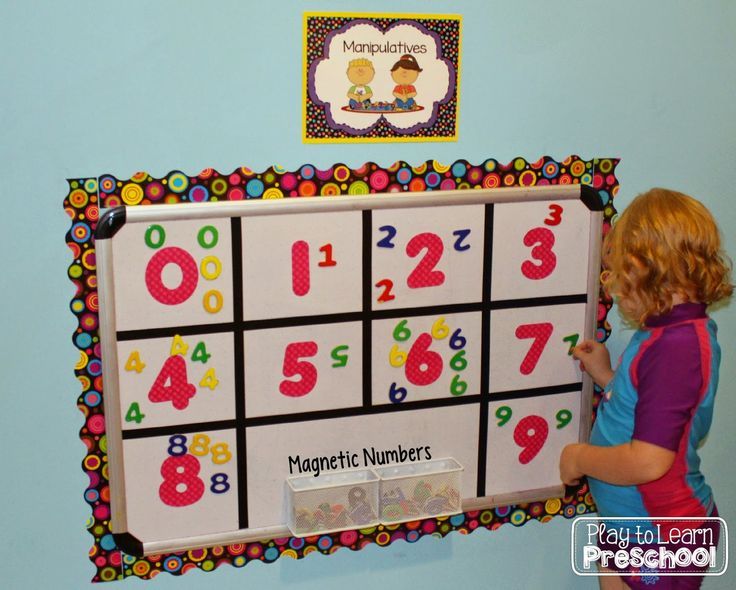 Translation: June 2015
Translation: June 2015
Introduction
In recent years, there has been a sharp increase in the number of studies on the knowledge of numbers in young children. The focus of these studies is a wide variety of abilities and perceptions, ranging from the ability of infants to distinguish between groups containing a different number of objects 1.2 , until preschoolers understand numerals (words denoting numbers) 3.4 and counting 5.6.7 , as well as the inverse relationship between addition and subtraction 8.9 .
Subject
The study of young children's knowledge of numbers lays the foundation for setting standards for preschool education 10 and for developing a work program in mathematics for preschoolers 11,12,13 . In addition, mathematical knowledge acquired at preschool age affects further school performance and career choice in the future 14 .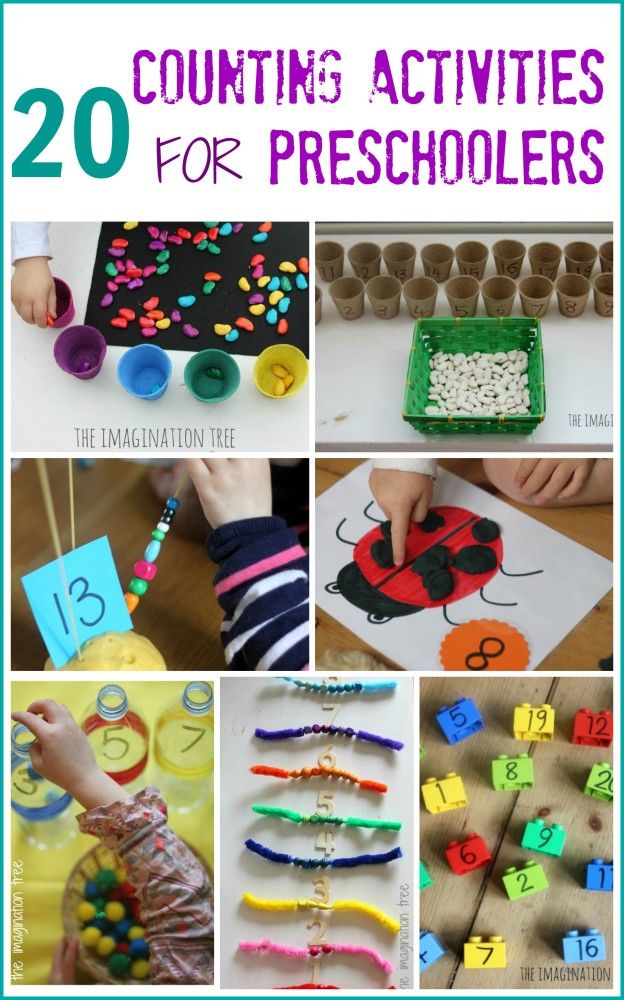 An analysis of school performance predictors based on data from six longitudinal studies found that children's math skills at school entry were more predictive of later school performance than were reading skills, attention span, or socio-emotional skills 15 .
An analysis of school performance predictors based on data from six longitudinal studies found that children's math skills at school entry were more predictive of later school performance than were reading skills, attention span, or socio-emotional skills 15 .
Issues
Numerical literacy is basically about understanding that numbers represent different quantities. Accordingly, studying how number literacy develops in early childhood leads to an understanding of how children come to understand the basic quantitative relationships that numbers and other types of quantities have in common, as well as the properties of numbers that distinguish them from other types of quantities.
Scientific context
Piaget's classic study of logico-mathematical development examined how children understand general properties of quantities, such as seriation and the preservation of equivalence relations under certain kinds of transformations 16 .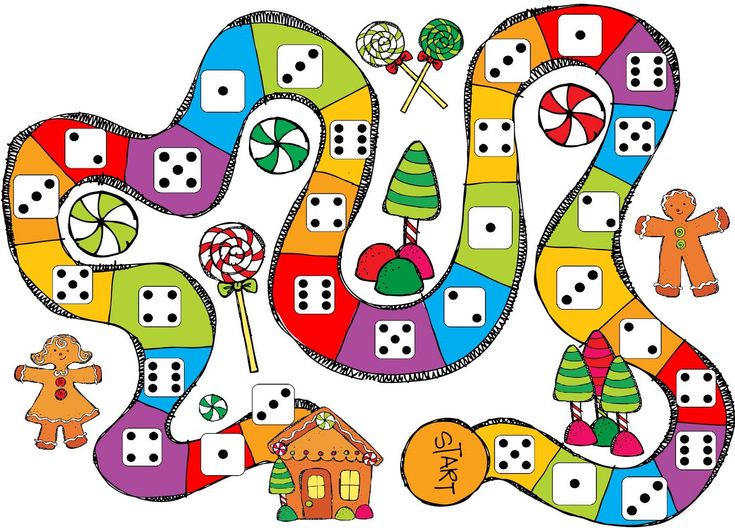 However, J. Piaget believed that this kind of knowledge appears with the development of concrete-operational thinking in children at the age of 5-7 years. Subsequent research 17 showed that young children have more numerical knowledge than Piaget admitted; and modern research indicates that babies have a wide range of abilities to operate with the numbers 18 .
However, J. Piaget believed that this kind of knowledge appears with the development of concrete-operational thinking in children at the age of 5-7 years. Subsequent research 17 showed that young children have more numerical knowledge than Piaget admitted; and modern research indicates that babies have a wide range of abilities to operate with the numbers 18 .
Key Questions
According to the authoritative though controversial opinion presented in the modern literature on early numerical abilities, the brain is "hard-wired" for the number 19.20 . In support of this idea, the ability babies and animals to distinguish between the number of objects 21 . However, critics of nativist views on numerical knowledge (the philosophical doctrine that the brain is born with ideas/knowledge) note that mathematical thinking undergoes continuous changes in the course of development, that the concept of number is slowly differentiated from other quantitative dimensions 22.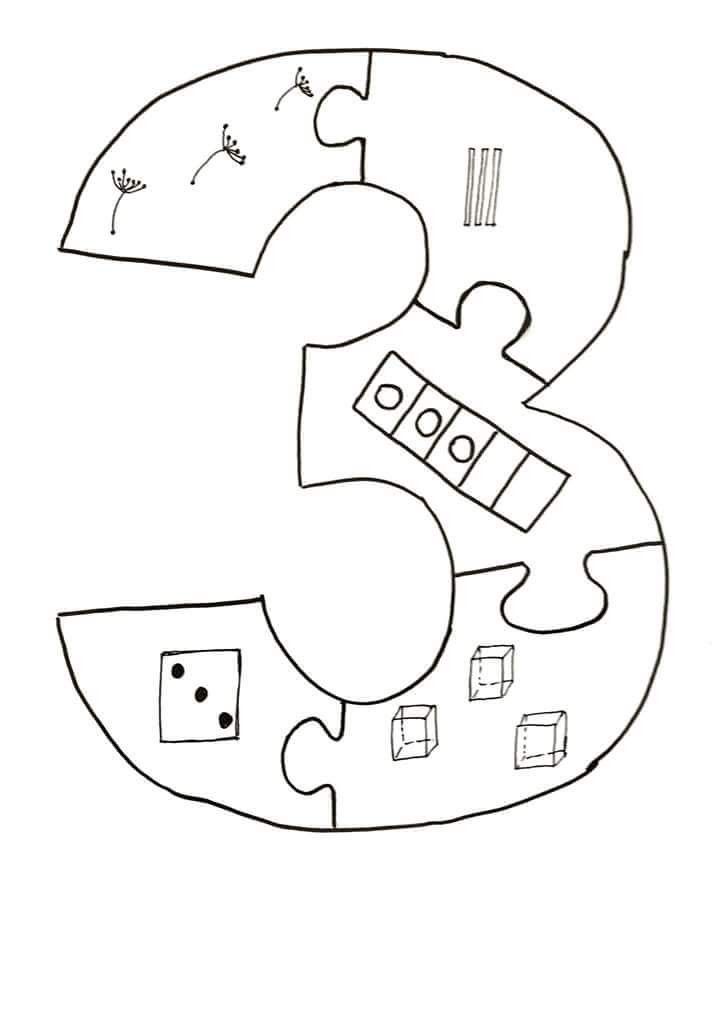 23 , and numerical knowledge that appears at an early age is contextually determined 24 . Moreover, accumulated evidence suggests that language 24 and other products of culture and practice 25.26 make a huge contribution to the acquisition of numerical knowledge by young children.
23 , and numerical knowledge that appears at an early age is contextually determined 24 . Moreover, accumulated evidence suggests that language 24 and other products of culture and practice 25.26 make a huge contribution to the acquisition of numerical knowledge by young children.
Recent research results
Numerical knowledge in infancy
One of the most actively developing areas of modern research is devoted to the ability of infants to operate with numbers. Kobayashi, Hiraki and Hasegawa 1 used the discrepancy between visual and auditory information about the number of objects in the group in order to assess the ability of six-month-old children to distinguish between quantities. They showed babies objects that made a sound when they hit the surface, then dropped two or three objects behind the screen so that the babies heard the sound of each falling, but did not see the objects themselves.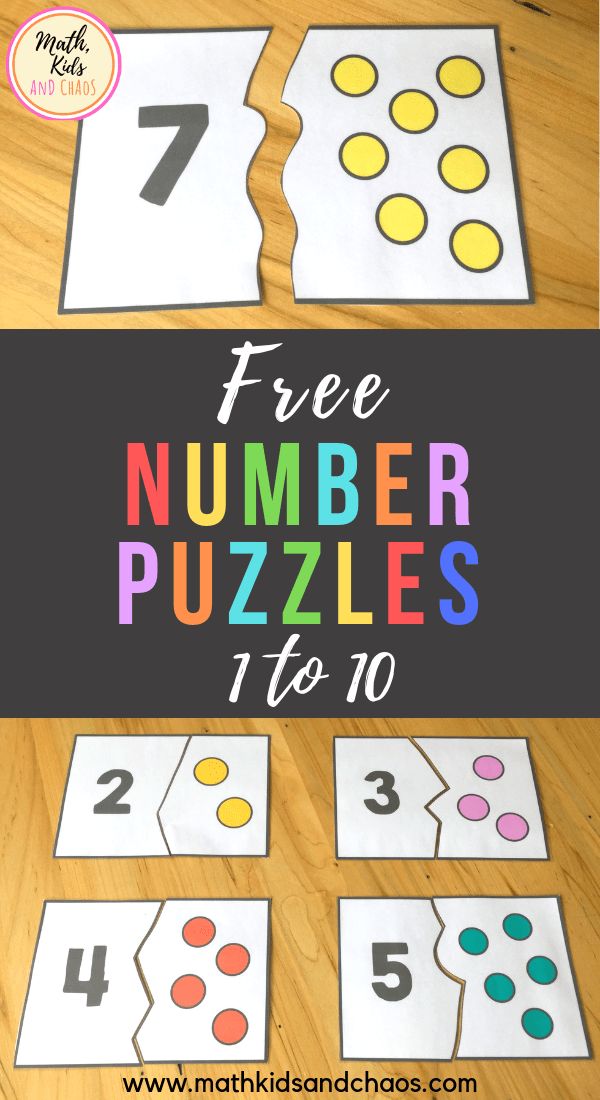 After that, they removed the screen, and the correct or incorrect number of objects was revealed to the gaze (3 if there were 2 impact sounds, and vice versa). Infants stared longer when the number of objects did not match the number of sounds they heard, suggesting that they were able to distinguish two objects from three. Other studies show that six-month-olds are able to pick up quantitative differences between more items, as long as they are significant. Six-month-old babies distinguish 4 from 8 27 and even 16 from 32 28 . However, if the difference is reduced (for example, 8 and 12), six-month-old babies are wrong 29 , and older children are more successful 2 . Thus, with age, infants develop the ability to distinguish between quantities more accurately.
After that, they removed the screen, and the correct or incorrect number of objects was revealed to the gaze (3 if there were 2 impact sounds, and vice versa). Infants stared longer when the number of objects did not match the number of sounds they heard, suggesting that they were able to distinguish two objects from three. Other studies show that six-month-olds are able to pick up quantitative differences between more items, as long as they are significant. Six-month-old babies distinguish 4 from 8 27 and even 16 from 32 28 . However, if the difference is reduced (for example, 8 and 12), six-month-old babies are wrong 29 , and older children are more successful 2 . Thus, with age, infants develop the ability to distinguish between quantities more accurately.
Young children's knowledge of number relationships
Since numbers represent a quantity, basic knowledge about numbers is related to understanding that numerical quantities enter into equal and greater/less than relationships 30 .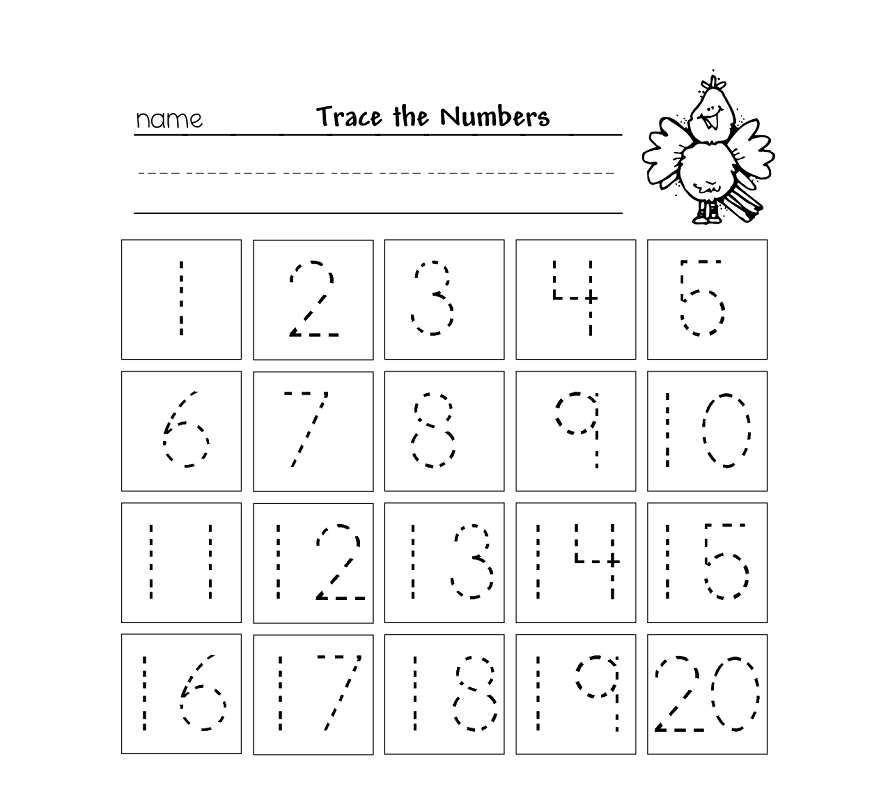 Research on infants reveals a surprising fact: for preschoolers, an important developmental achievement is their ability to compare groups of objects numerically, especially when this entails the ability to ignore other differing features.
Research on infants reveals a surprising fact: for preschoolers, an important developmental achievement is their ability to compare groups of objects numerically, especially when this entails the ability to ignore other differing features.
For example, K. Mix 31 studied the ability of three-year-old children to quantify sets of 2, 3, or 4 black dots. The task was completed with ease when the objects that the children had to match with the dots looked like them (for example, black disks or red shells about the same size as the dots). However, the success of the task fell when the objects differed from the points in shape (for example, figurines of lions or objects of different appearance).
Muldoon, Lewis and Francis 7 studied the ability of four-year-old children to evaluate the numerical ratio of two rows of blocks (with 6-9 blocks per row) in conditions where the length of the rows is deliberately misleading, ie. when two rows of different length contain the same number of elements or two rows of the same length contain a different number of elements.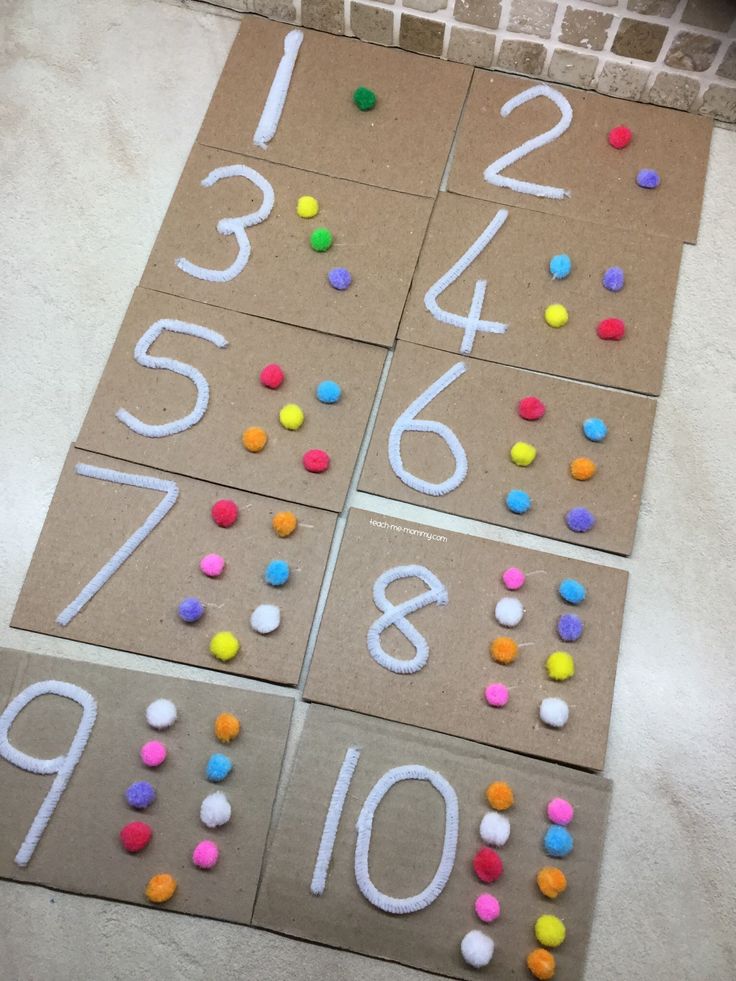 Most of the children relied on row length comparisons rather than element counts. However, after three training sessions, the results improved, especially in those children who were asked during the training to explain why the rows are equal or unequal numerically (the fact that the rows are equal or unequal, they were informed by the experimenter).
Most of the children relied on row length comparisons rather than element counts. However, after three training sessions, the results improved, especially in those children who were asked during the training to explain why the rows are equal or unequal numerically (the fact that the rows are equal or unequal, they were informed by the experimenter).
Unexplored areas
While experimental data on early childhood numeracy is growing rapidly, the lack of a general theory that unifies the full spectrum of empirical findings limits our understanding of how the various data already collected fit together. with each other, and what questions still remain unanswered. In the literature on infancy, for example, competing hypotheses have formed the basis of numerous studies in recent years, but their results have not smoothed out the existing theoretical contradictions. When putting forward theoretical propositions, scientists must be aware of the results of all other studies, and their theories must be formulated so precisely as to allow empirical testing.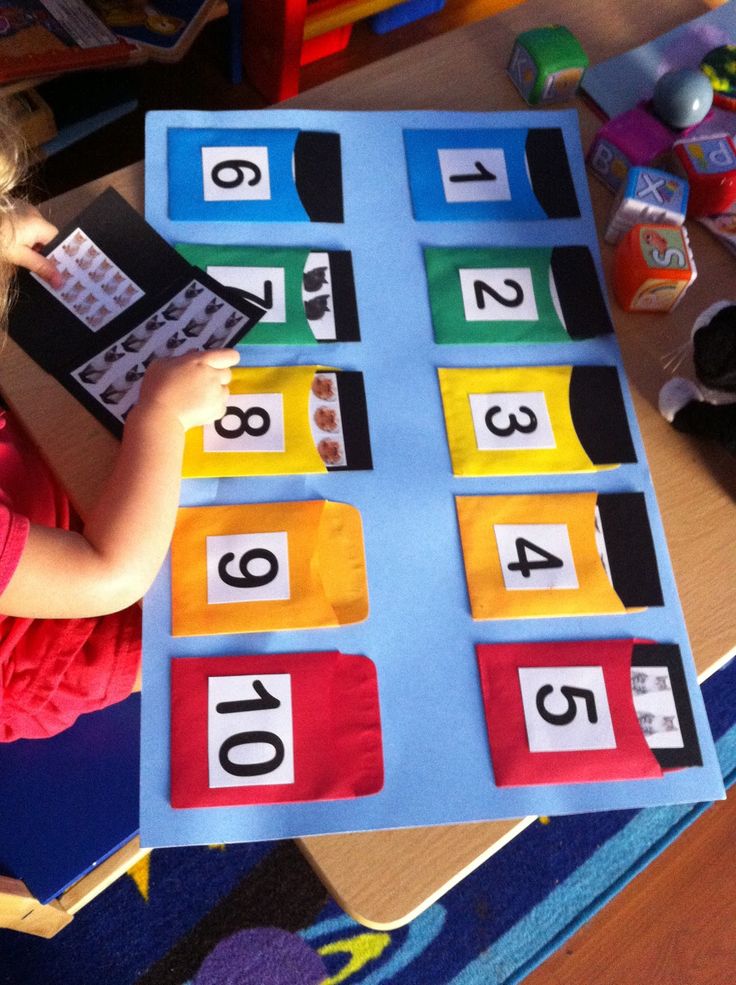
In addition, researchers need more information about the processes that lead to the development of number understanding at an early age. We know that many environmental factors influence the performance of young children, ranging from culture and social class 32 to parent-child relationship patterns 33.34 and teacher-child relationship 35 . At the moment, science has little information in terms of volume, mainly from experimental studies with training 7,25,36 , about how a particular experience changes children's numerical thinking. Particularly useful would be those studies that provide summary data on (a) children's daily experiences with numbers and how these experiences change with age, and (b) the experimental impact of such experiences on a child's thinking.
Conclusions
The available research on how number knowledge develops in childhood supports four general conclusions that are of great importance for practice and administrative directives.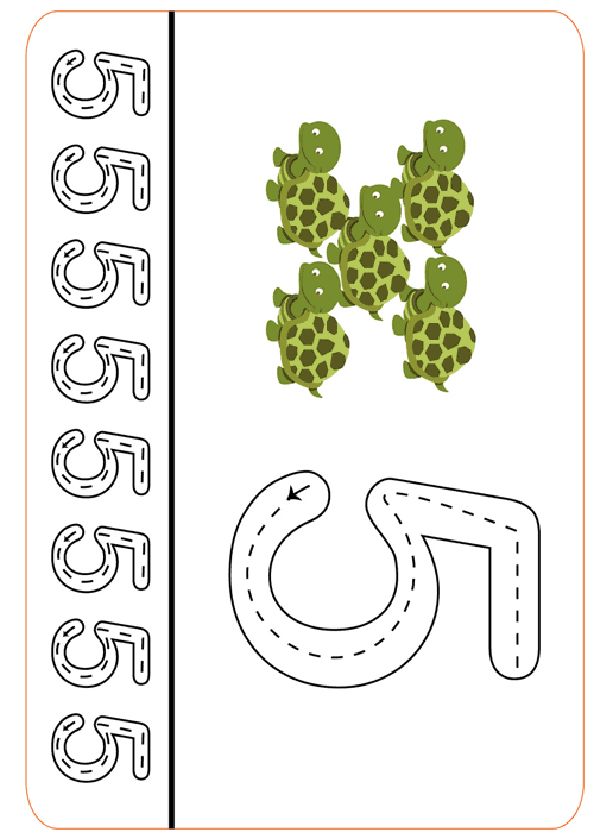 First, the development of knowledge about numbers is multifaceted. Numerical literacy in early childhood is much more than just counting and basic arithmetic. Second, despite the evidence that infants already have the ability to recognize numbers, age-related changes are continuous. When comparing children of different ages, older children almost always perform better. Thirdly, variability is also ubiquitous. All children deal with different problems with numbers 9 in different ways.0116 37 , resort to different arguments when operating with numbers in various situations 3 and even give different answers when performing the same task in different attempts 5.38 . And, finally, the progress of children in the development of numerical knowledge is very susceptible to external influences. The success of the development of children's numerical knowledge is influenced by non-learning activities, such as board games 25 , specially organized, experimental activities aimed at explaining to children numerical relationships 7.
First, the development of knowledge about numbers is multifaceted. Numerical literacy in early childhood is much more than just counting and basic arithmetic. Second, despite the evidence that infants already have the ability to recognize numbers, age-related changes are continuous. When comparing children of different ages, older children almost always perform better. Thirdly, variability is also ubiquitous. All children deal with different problems with numbers 9 in different ways.0116 37 , resort to different arguments when operating with numbers in various situations 3 and even give different answers when performing the same task in different attempts 5.38 . And, finally, the progress of children in the development of numerical knowledge is very susceptible to external influences. The success of the development of children's numerical knowledge is influenced by non-learning activities, such as board games 25 , specially organized, experimental activities aimed at explaining to children numerical relationships 7.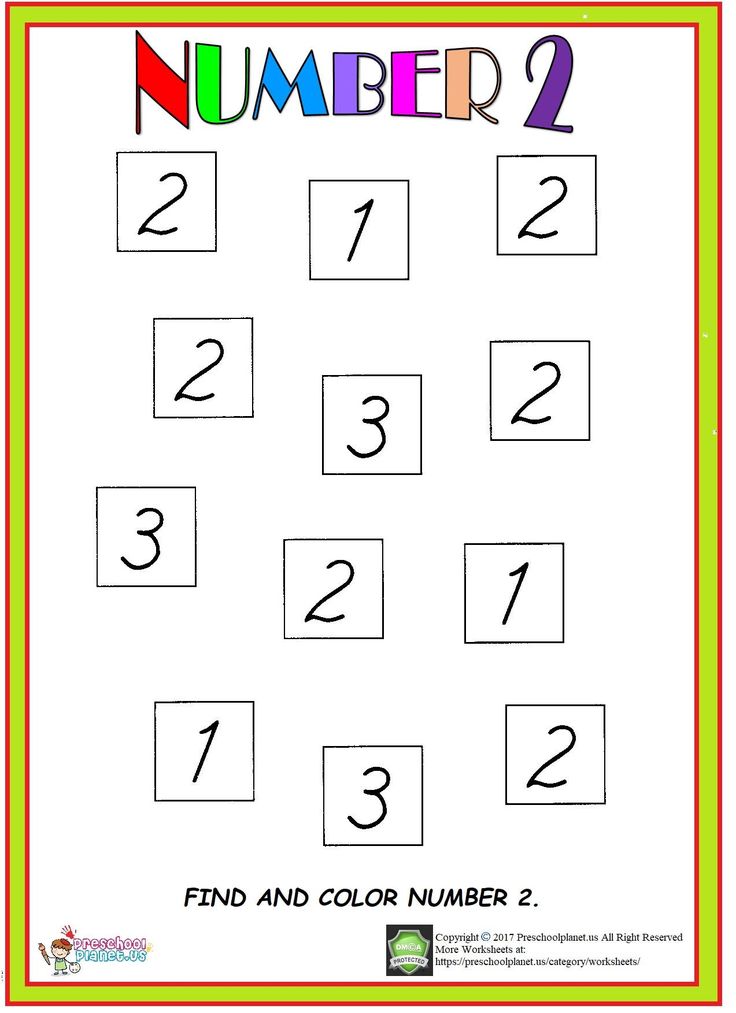 36 , as well as the forms and ways in which parents 33.34 and teachers 35 tell children about numbers.
36 , as well as the forms and ways in which parents 33.34 and teachers 35 tell children about numbers.
Recommendations
An important contribution of early childhood numeracy research to practice and administrative guidelines is that its results can help to adjust the goals that are set for teaching preschoolers mathematics. Since the development of numeric knowledge in early childhood is multifaceted, the goals for educational programs should be much broader than simply teaching children numeracy and basic arithmetic. Numbers, like other quantities, are characterized by relations of equality and inequality. At the same time, numbers differ from other quantities in that they are based on the division of the total number into elements. Learning activities that encourage children to think about the relationships between quantities and how those quantities are affected by transformations such as division, grouping, or regrouping can speed up children's learning of these concepts. Due to the diversity and plasticity of young children's numerical thinking, curricula at this stage have great potential to increase children's knowledge of numbers.
Due to the diversity and plasticity of young children's numerical thinking, curricula at this stage have great potential to increase children's knowledge of numbers.
Literature
- Kobayashi T, Hiraki K, Hasegawa T. Auditory-visual intermodal matching of small numerosities in 6-month-old infants. Developmental Science 2005;8(5):409-419.
- Xu F, Arriaga R.I. Number discrimination in 10-month-olds. British Journal of Developmental Psychology 2007;25(1):103-108.
- Mix KS. How Spencer made number: First uses of the number words. Journal of Experimental Child Psychology 2009;102(4):427-444.
- Sarnecka BW, Lee MD. Levels of number knowledge in early childhood. Journal of Experimental Child Psychology 2009;103(3):325-337.
- Chetland E, Fluck M. Children’s performance on the ‘give-x’ task: A microgenetic analysis of ‘counting’ and ‘grabbing’ behavior. Infant and Child Development 2007;16(1):35-51.
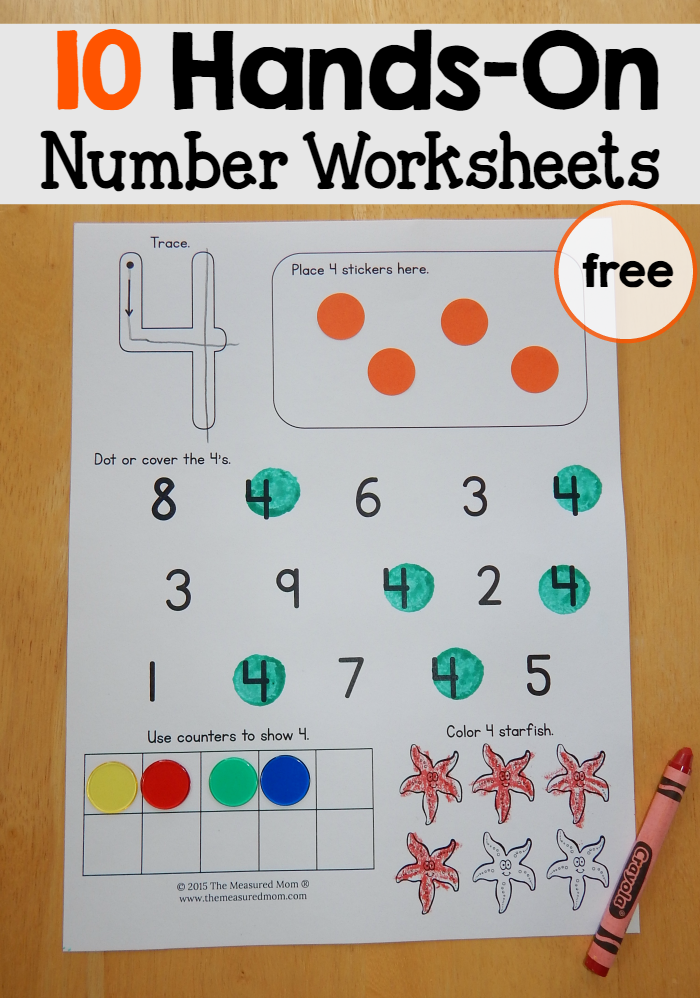
- Le Corre M, Carey S. One, two, three, four, nothing more: an investigation of the conceptual sources of the verbal counting principles. Cognition 2007:105(2):395-438. 9025 K, C, Francis B Francis B Developmental Science 2007;10(5):694-711.
- Canobi KH, Bethune NE. Number words in young children's conceptual and procedural knowledge of addition, subtraction and inversion. Cognition 2008;108(3):675-686.
- Sherman J, Bisanz J. Evidence for use of mathematical inversion by three-year-old children. Journal of Cognition and Development 2007;8(3):333-344.
- Clements DH, Sarama J, DiBiase AM, eds. Engaging young children in mathematics: Standards for early childhood mathematics education . Mahwah, N.J.: Lawrence Erlbaum Associates; 2004.
- Clements DH, Sarama J. Experimental evaluation of the effects of a research-based preschool mathematics curriculum. American Educational Research Journal 2008; 45(2):443-494.
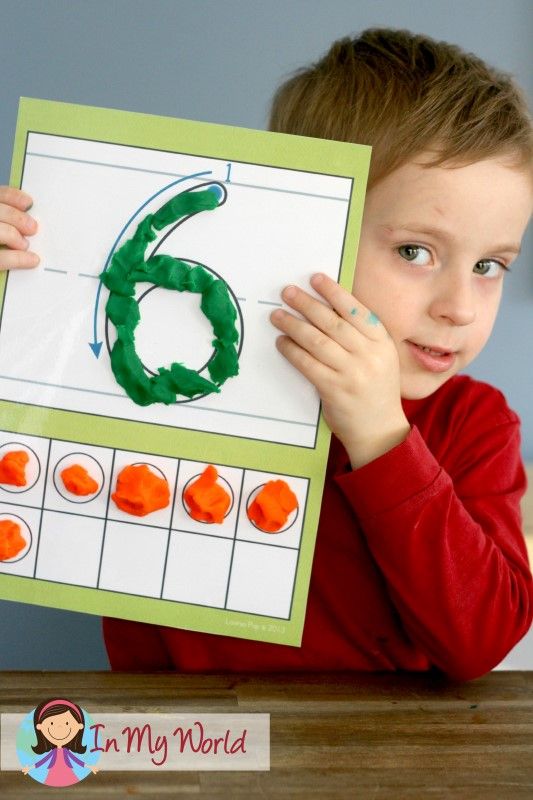
- Griffin S, Case R. Re-thinking the primary school math curriculum: An approach based on cognitive science. Issues in Education 1997;3(1):1–49.
- Starkey P, Klein A, Wakeley A. Enhancing young children’s mathematical knowledge through a pre-kindergarten mathematics intervention. Early Childhood Research Quarterly 2004;19(1):99-120.
- National Mathematics Advisory Panel. Foundations for success: The final report of the National Mathematics Advisory Panel . Washington, DC: U. S. Department of Education; 2008.
- Duncan GJ, Dowsett CJ, Claessens A, Magnuson K, Huston AC, Klebanov P, Pagani LS, Feinstein L, Engel M, Brooks-Gunn J, Sexton H, Duckworth K, Japel C. School readiness and later achievement. Developmental Psychology . 2007;43(6):1428-46.
- Piaget J. The child's conception of number . Gattegno C, Hodgson FM, trans. New York, NY: Norton; 1952.
- Gelman R, Gallistel CR. The child's understanding of number .
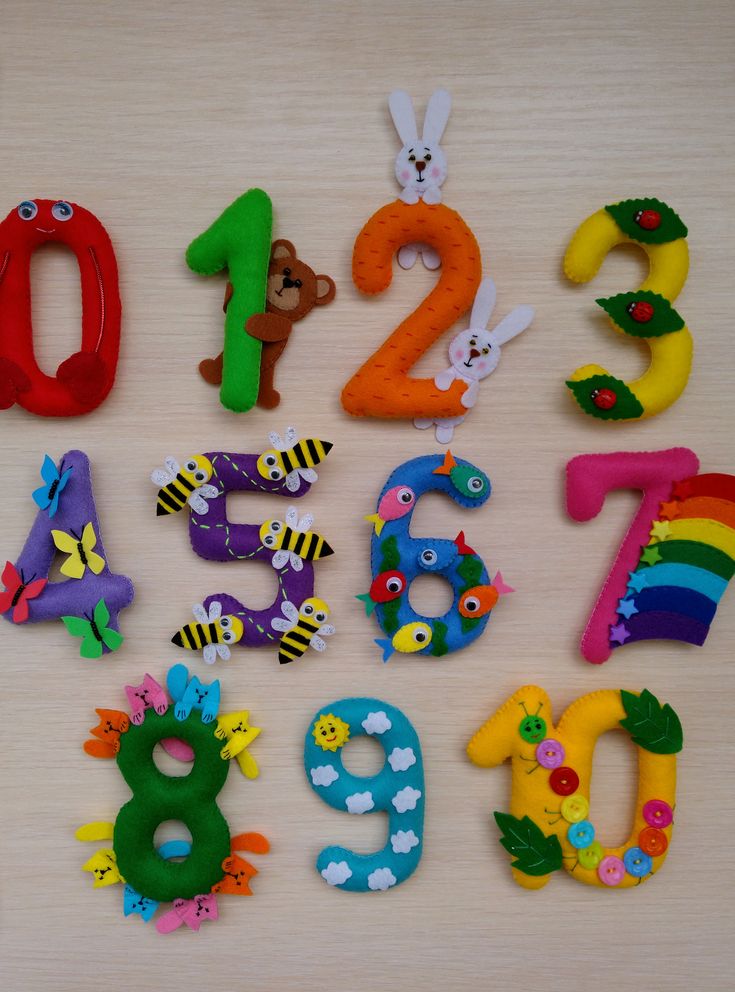 Cambridge, MA: Harvard University Press; 1978.
Cambridge, MA: Harvard University Press; 1978. - Geary DC. Development of mathematical understanding. In: Damon W, ed. Handbook of child psychology. 6th ed. New York, NY: John Wiley & Sons; 2006:777-810. Khun D, Siegler RS Siegler, eds. Cognition, perception, and language .Vol. 2.
- Butterworth B. The mathematical brain . New York, NY: Macmillan; 1999.
- Dehaene S. The number sense: How the mind creates mathematics . Oxford, UK: Oxford University Press; 1997
- Feigenson L, Dehaene S, Spelke E. Core systems of number. Trends in Cognitive Sciences 2004;8(3):307-314.
- Sophian C. Beyond competence: The significance of performance for conceptual development. Cognitive Development 1997;12(3):281-303.
- Sophian C. The origins of mathematical knowledge in childhood . New York, NY: Lawrence Erlbaum Associates; 2007.
- Mix KS, Sandhofer CM, Baroody AJ.
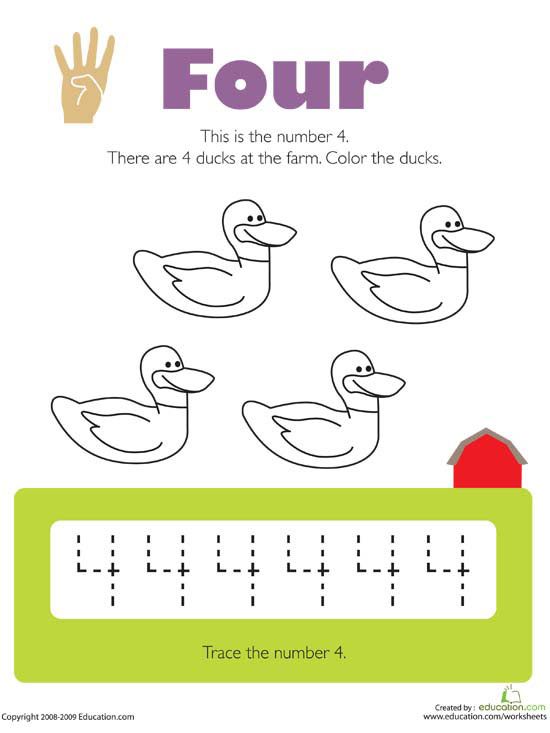 Number words and number concepts: The interplay of verbal and nonverbal quantification in early childhood. In: RV Kail, ed. Advances in child development and behavior .vol. 33. New York, NY: Academic Press; 2005:305-346.
Number words and number concepts: The interplay of verbal and nonverbal quantification in early childhood. In: RV Kail, ed. Advances in child development and behavior .vol. 33. New York, NY: Academic Press; 2005:305-346. - Ramani GB, Siegler RS. Promoting broad and stable improvements in low-income children's numerical knowledge through playing number board games. Child Development 2008;79(2):375-394.
- Schliemann AD, Carraher DW. The evolution of mathematical reasoning: Everyday versus idealized understandings. Developmental Review 2002;22(2):242-266.
- Xu F. Numerosity discrimination in infants: Evidence for two systems of representation. Cognition 2003;89(1):B15-B25
- Xu F, Spelke ES, Goddard S. Number sense in human infants. Developmental Science 2005;8(1):88-101.
- Xu F, Spelke ES. Large-number discrimination in 6-month-old infants. Cognition 2000;74(1):B1-B11.
- Davydov V.
 V. Logical and psychological problems of elementary mathematics as an academic subject. In: Kilpatrick J, Wirszup I, Begle EG, Wilson JW, eds. Soviet studies in the psychology of learning and teaching mathematics .Chicago, Ill: University of Chicago Press; 1975: 55-107. Steffe LP, ed. Children's capacity for learning mathematics. Vol. 7.
V. Logical and psychological problems of elementary mathematics as an academic subject. In: Kilpatrick J, Wirszup I, Begle EG, Wilson JW, eds. Soviet studies in the psychology of learning and teaching mathematics .Chicago, Ill: University of Chicago Press; 1975: 55-107. Steffe LP, ed. Children's capacity for learning mathematics. Vol. 7. - Mix KS. Surface similarity and label knowledge impact early numerical comparisons. British Journal of Developmental Psychology 2008;26(1):1-11.
- Starkey P, Klein A. Sociocultural influences on young children’s mathematical knowledge. In: Saracho ON, Spodek B, eds. Contemporary perspectives on mathematics in early childhood education . Charlotte, NC: IAP/Information Age Pub.; 2008:253-276.
- Blevins-Knabe B, Musun-Miller L. Number use at home by children and their parents and its relationship to early mathematical performance. Early Development and Parenting 1996;5(1):35-45.

Learn more

